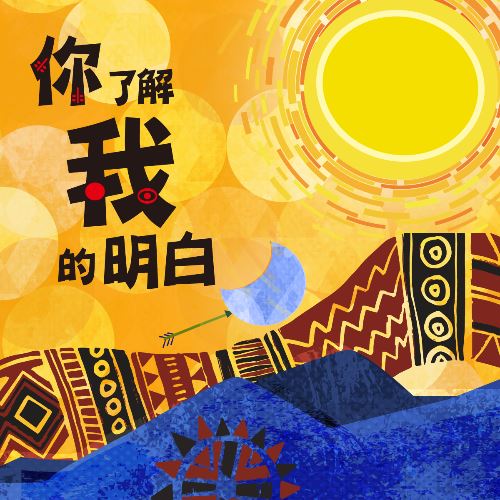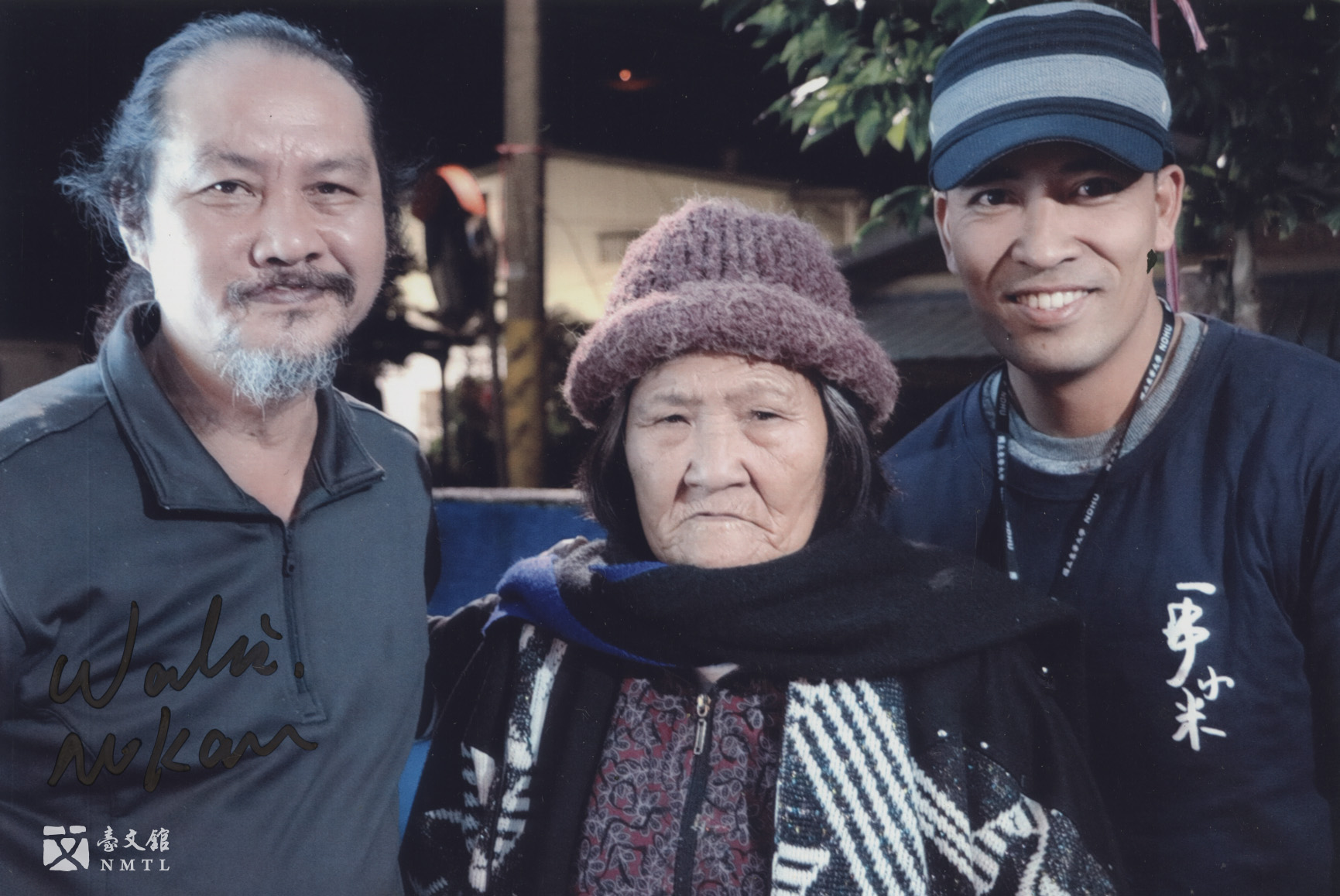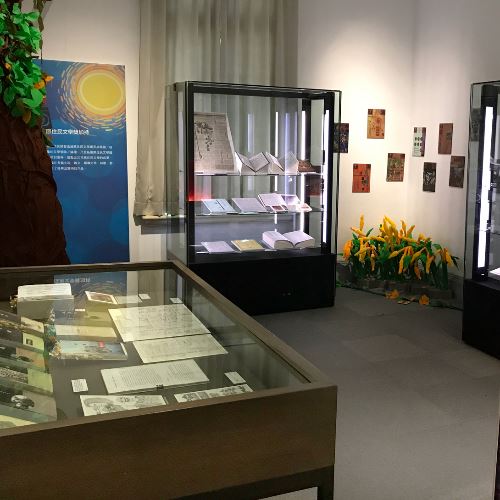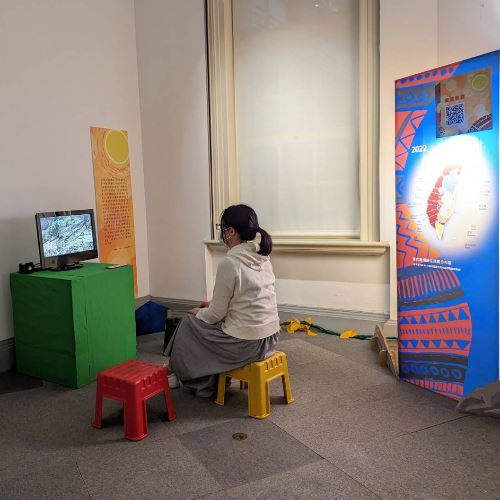Finding The Way Home ✧ Thriving Female Writers ✧ Gift from Taiwan to The World
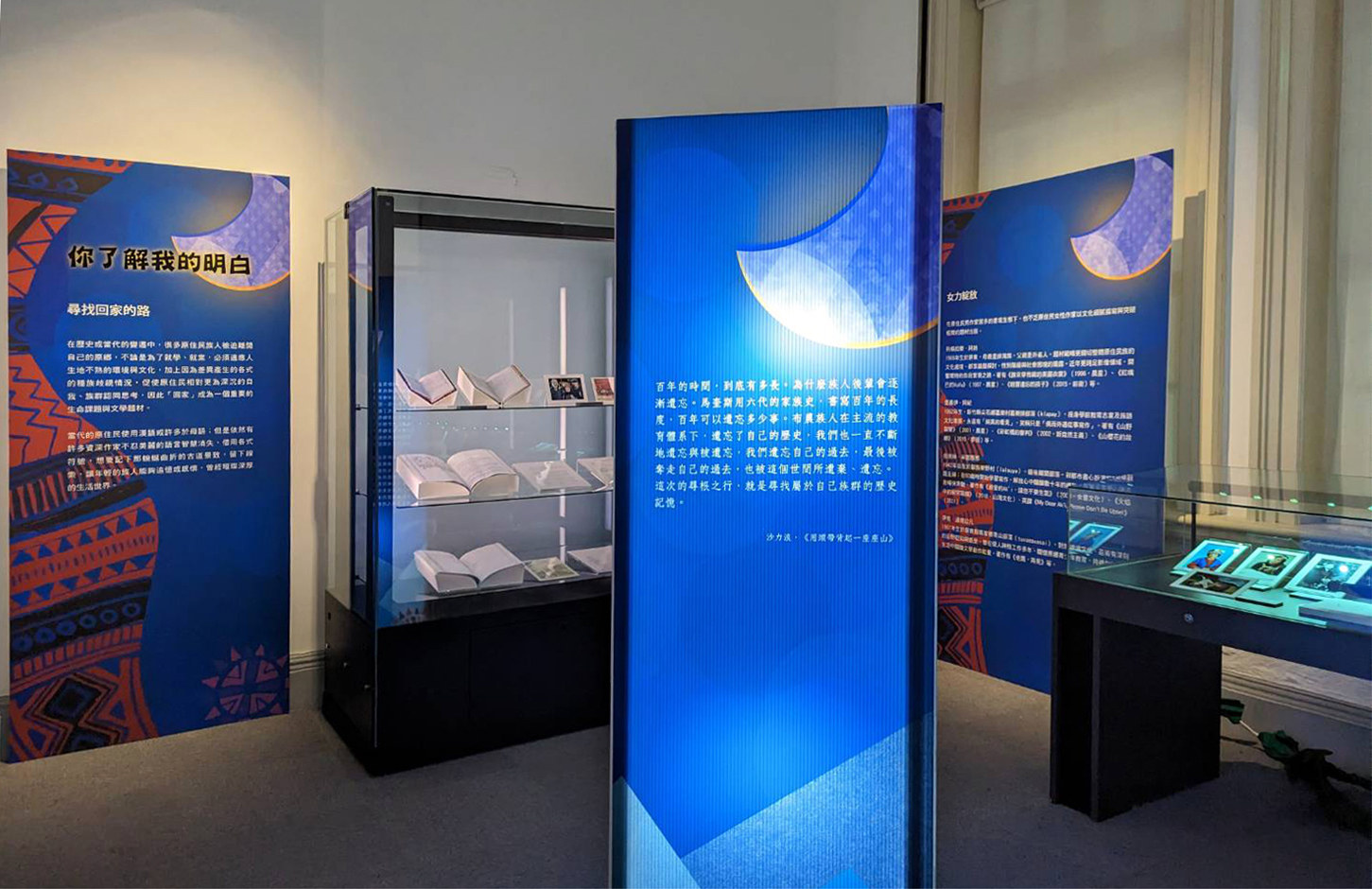
Finding The Way Home
In historical or contemporary changes, many indigenous people were forced to leave their hometowns to either go to school or find jobs. They had to adapt to environments and cultures unfamiliar to them. In addition, different forms of racial discrimination due to their differences made indigenous people contemplate on topics such as the inner self and ethnic identity. Therefore, "going home" has become an important life issue and literary theme.
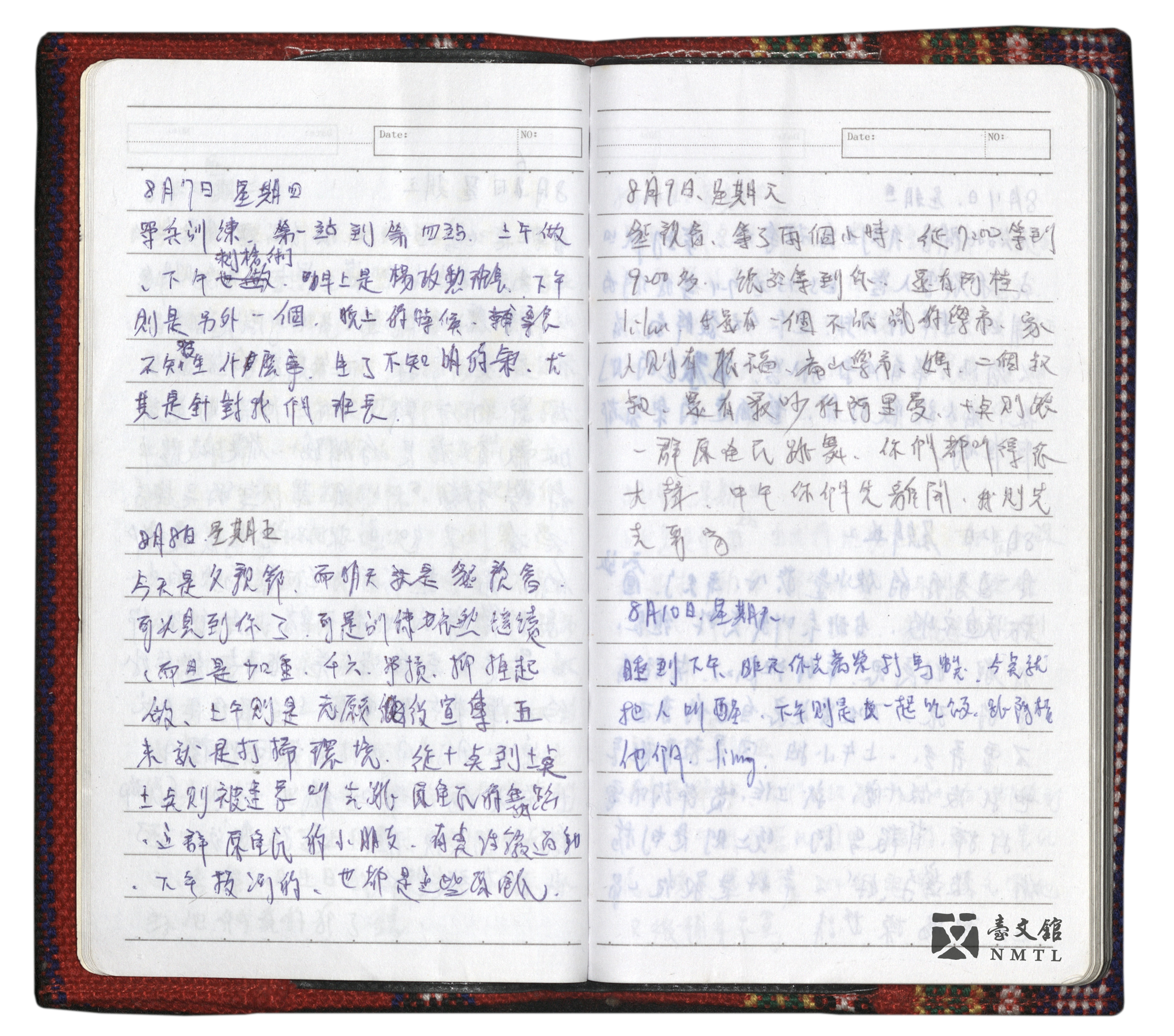
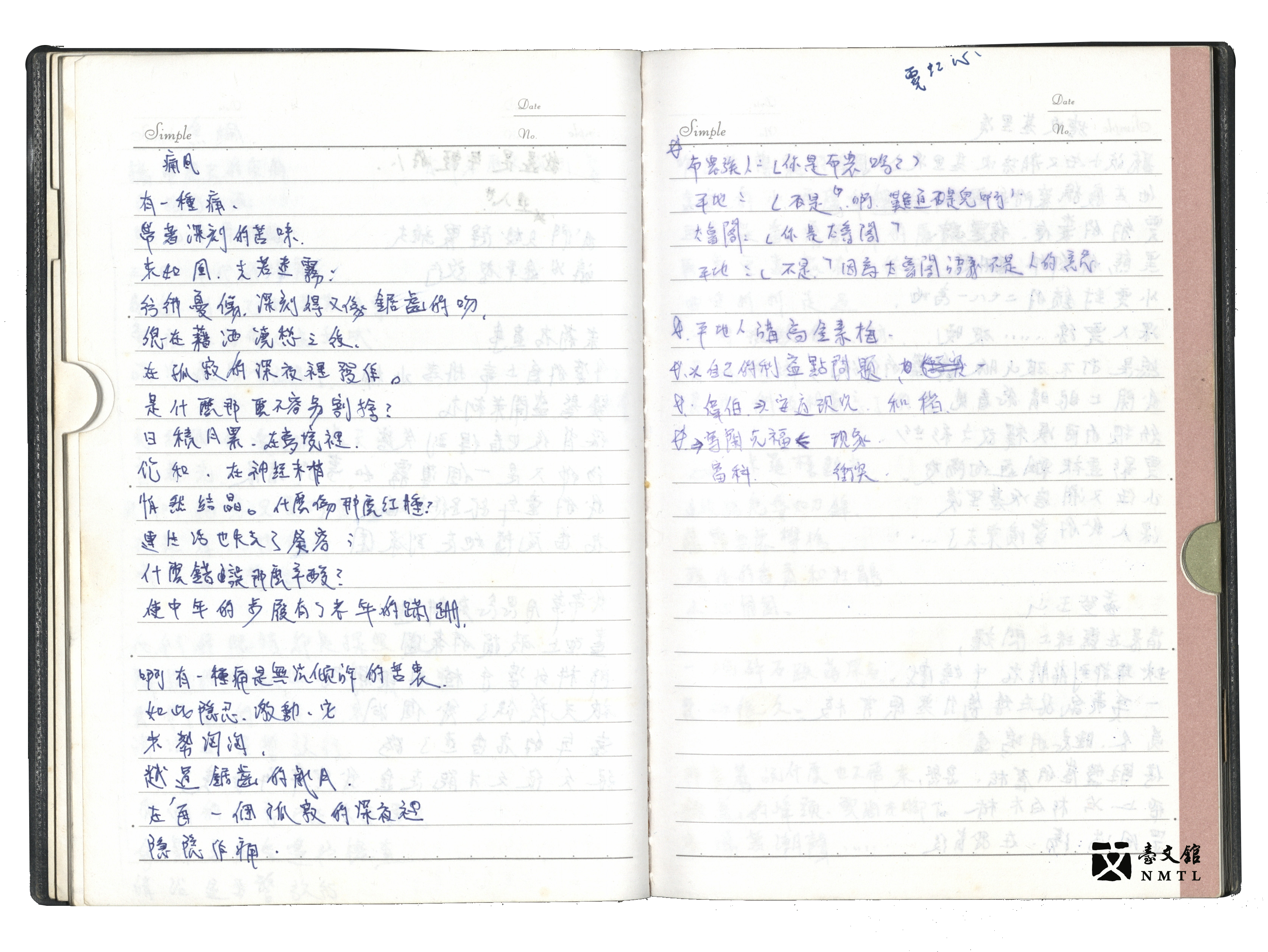
◈ Notebook Salizan kept during his time in the army; Salizan Takisvilainan's recent notebook
Salizan Takisvilainan, a Bunun native. He works are mainly poems. In his poem, he portrays the words of Dina (mother tongue). In recent years, he has worked on research into traditions and re-establishing stone houses. CARRYING MOUNTAINS WITH A HEADBAND was his first work on Bunun porters written in the form of reportage literature.(Provided by Salizan Takisvilainan)
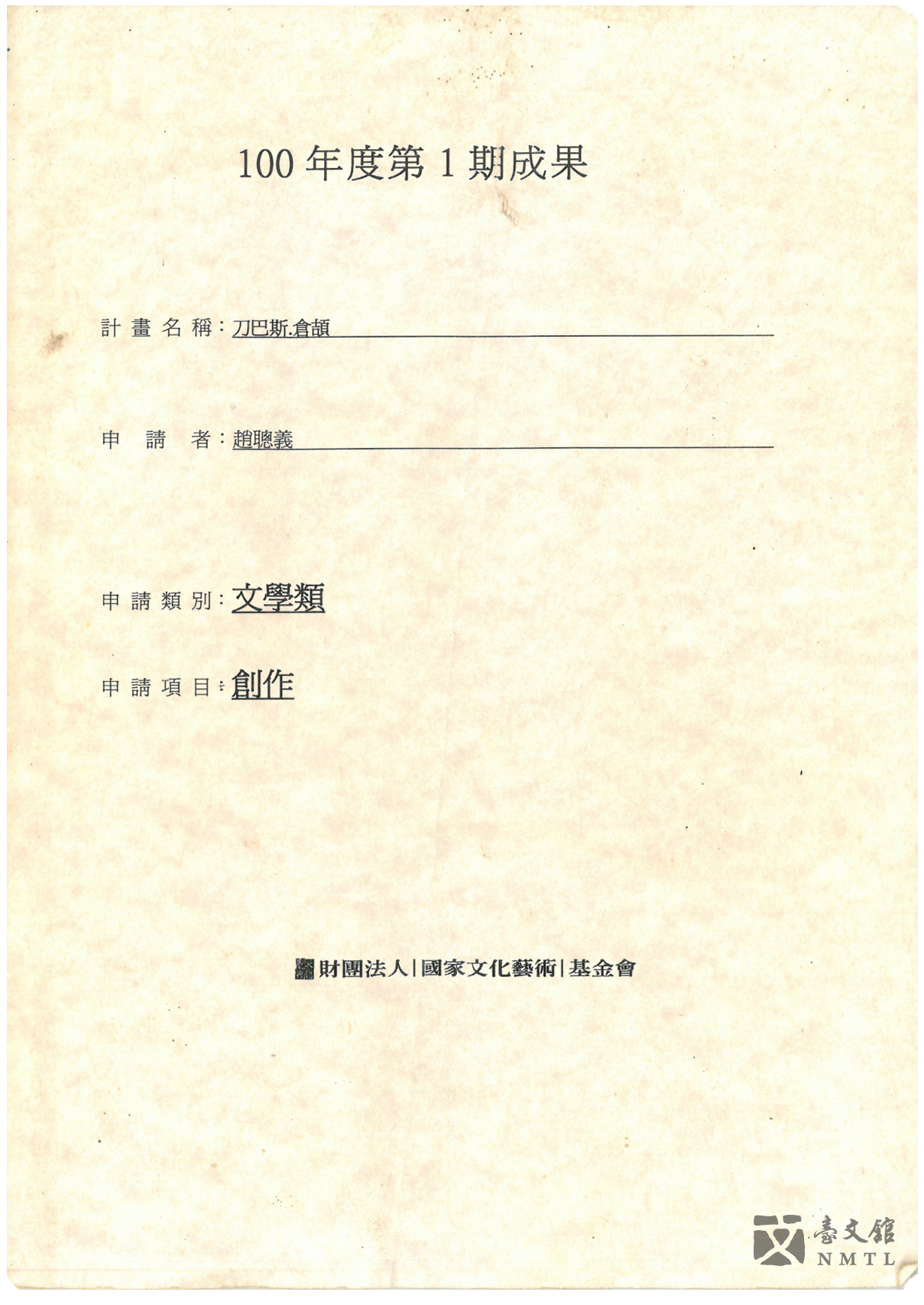
◈ DAOBASI CANJIE (Results of First Phase in 2011)
Salizan Takisvilaina's writing proposal.(Provided by Salizan Takisvilainan)

◈ DAOBASI CANJIE
Writing Results(Provided by Salizan Takisvilainan)

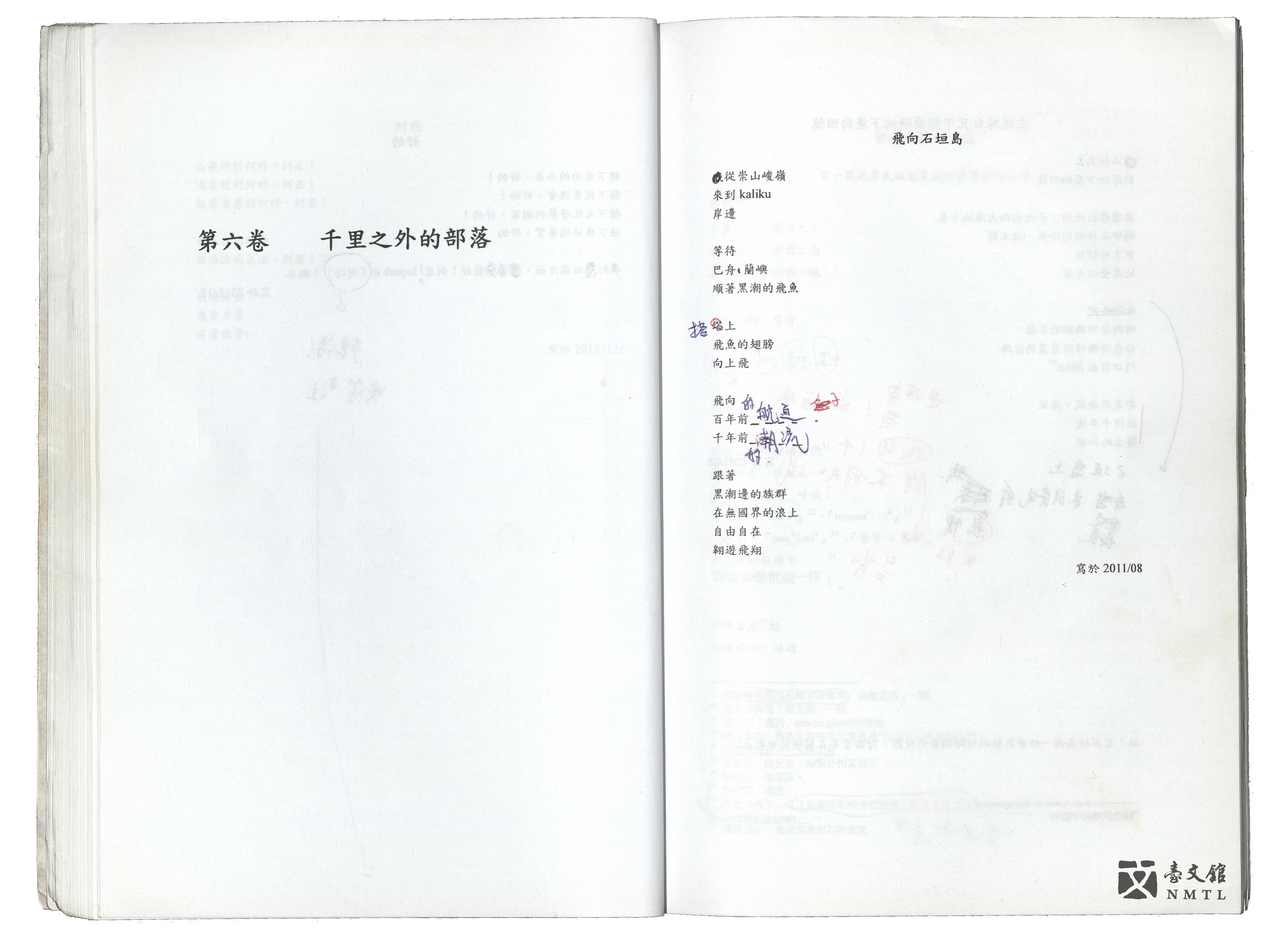
◈ Photocopy of LIGHT IN THE TRIBE and invitation card
Salizan's second poetry collection. He used a pen instead of a hunting gun to represent his mother tongue and Chinese and convey the internal values of Bunun and ethnic care. 2013, Shan Hai Culture Press(Kept in National Museum of Taiwan Literature)
Indigenous people nowadays use more Chinese than their mother tongues. However, many seasoned writers have been reluctant to see the beauty of their languages fade away. As a result, they have borrowed literary codes to capture the scene of meandering ancient paths. By doing so, they are able to leave clues for younger generations to reminisce the paths and that once resplendent and rich world of their own.
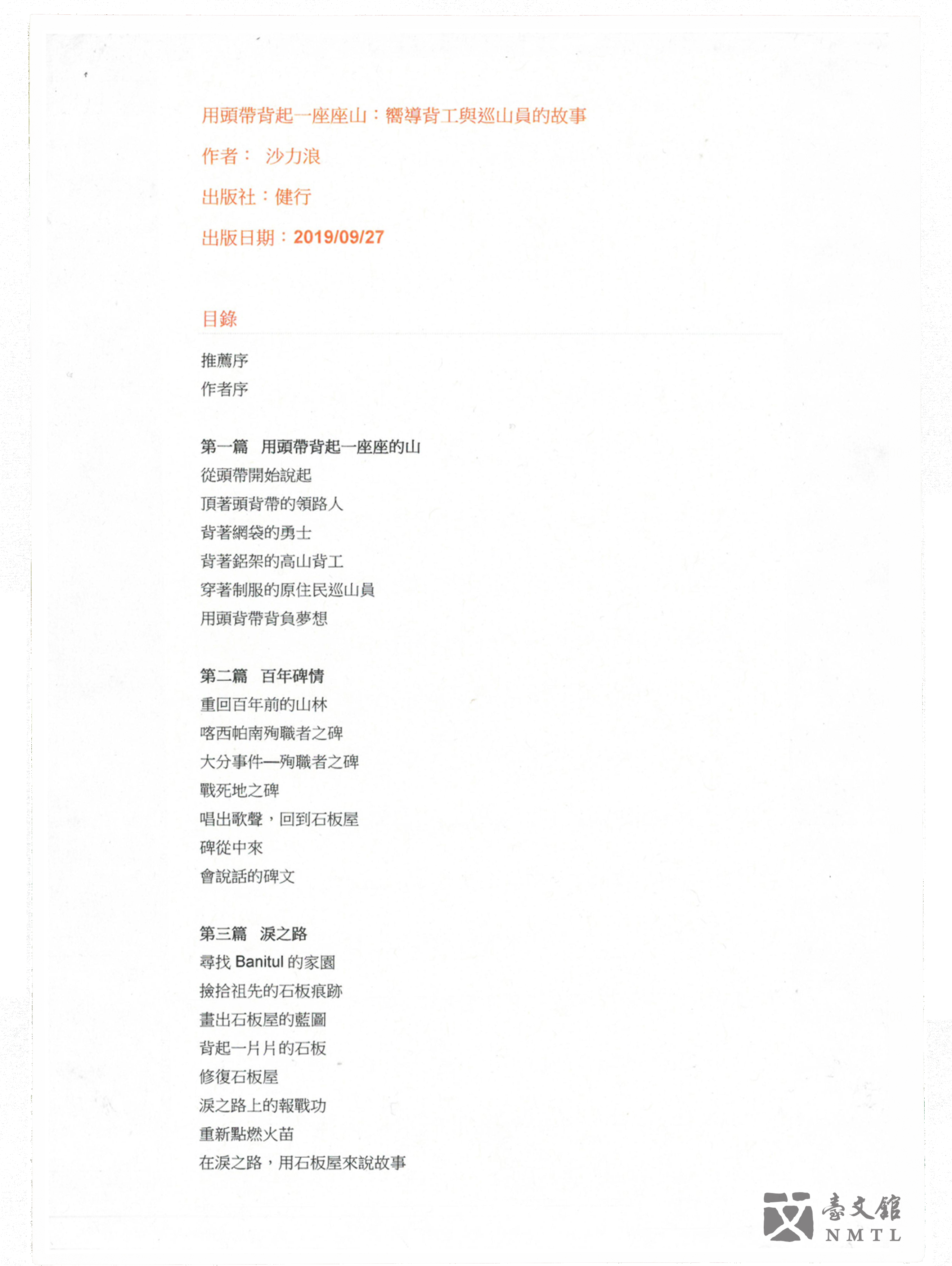
◈ CARRYING MOUNTAINS WITH A HEADBAND: STORY OF PORTERS AND RANGERS
Salizan represented the story of his participation in research on traditions and porters in the form of reportage for the very first time.(Provided by Salizan Takisvilainan)
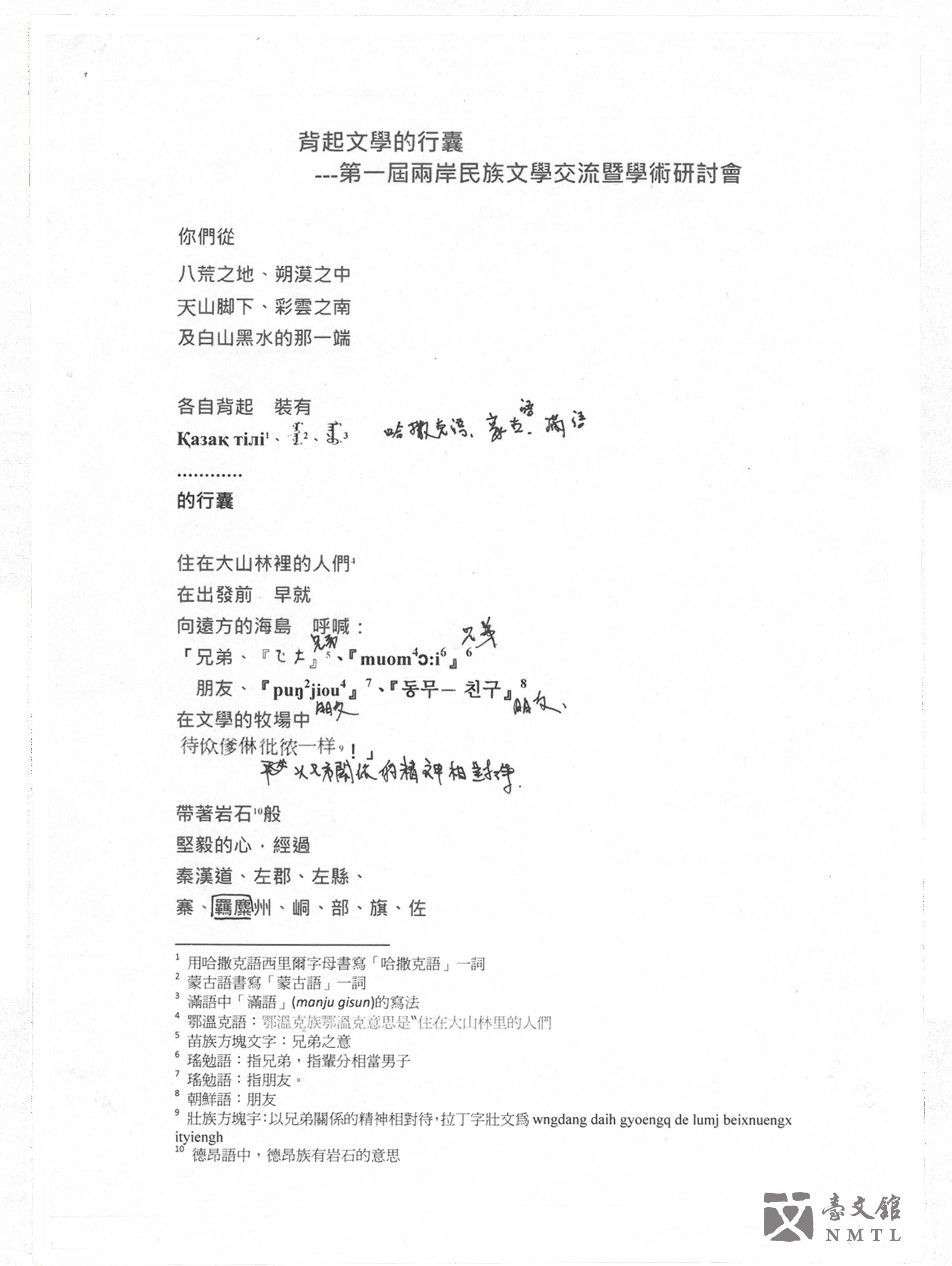
◈ Connecting with Literature: The First Cross-Strait Literature Symposium
Salizan actively participated in literature events involving foreign writers. He also made notes on writing later on.(Provided by Salizan Takisvilainan)
◈ Photo of Salizan Takisvilainan (right), mother, and Walis Nokan (left)
Salizan Takisvilainan founded A String of Millet Workshop and organized literature activities. He invited the waiter to have a photo taken with his mother.(Provided by Salizan Takisvilainan)
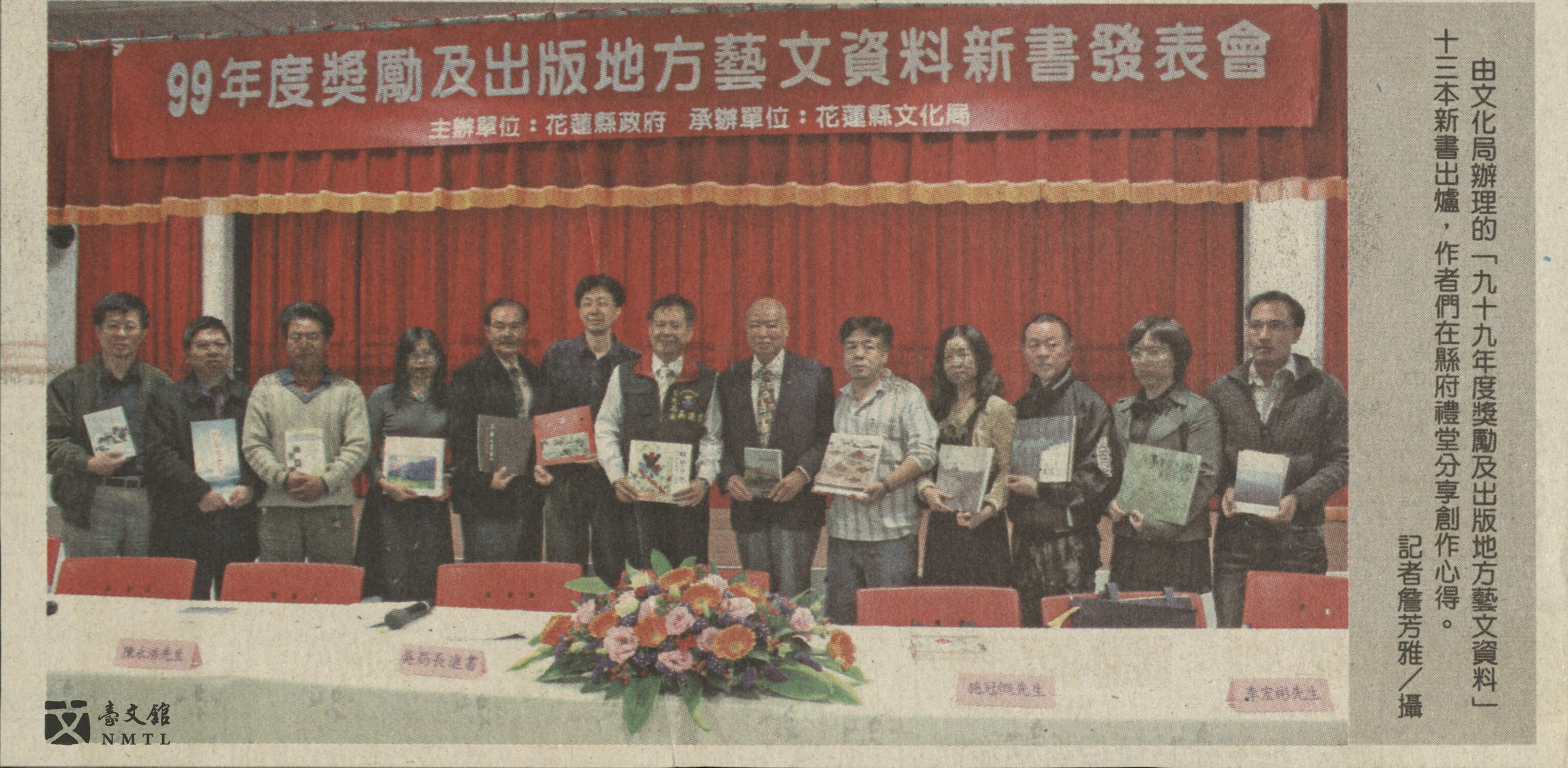
◈ Award 2010 and Launch of New Book on Local Literature & Art
News clippings of Salizan winning the literature award of Hualien County.(Provided by Salizan Takisvilainan)
Thriving Female Writers
With mostly male indigenous writers in the literary scene, there have also been several female writers that write with detailed depiction and unorthodox topics.
დ Liglav A-wu
Liglav A-wu was born in Pingtung in 1969. Her mother was a Paiwan native while her father was a mainland immigrant after the civil war. Her topics cover indigenous peoples' situation in the sense of culture. Her writings also reveal issues regarding different tribes, gender, hierarchical class, and social predicament. In recent years, she branched out into the field of photography, creating a unique path for self-actualization. Her works include WHO IS GOING TO WEAR THE PRETTY CLOTHES I MADE (1996, Morning Star), VUVU WITH A RED MOUTH (1997, Morning Star), THE CHILDREN FORGOTTEN BY ANCESTRAL SPIRITS (2015, Avant-garde).
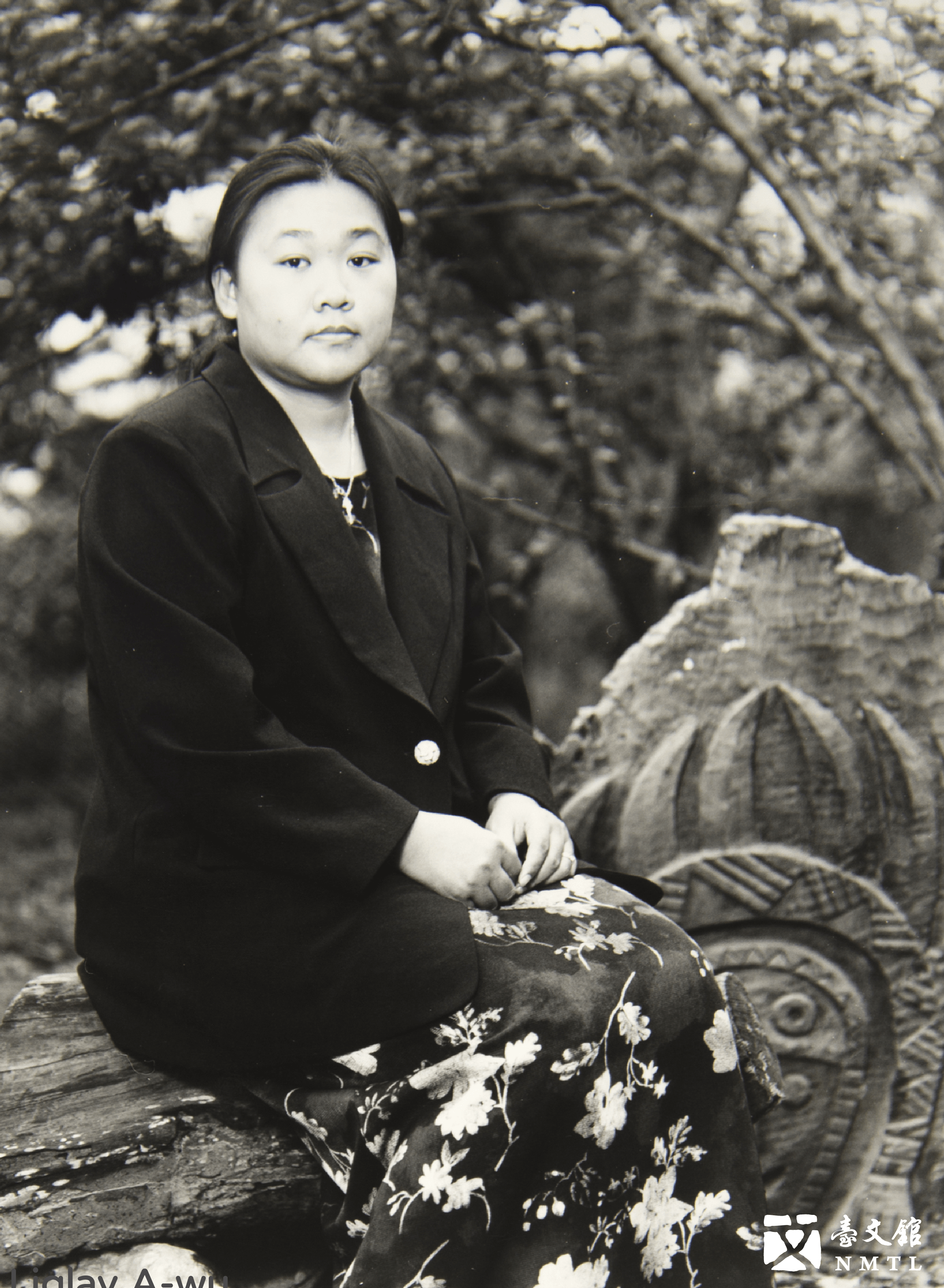
◈ Liglav A-wu
Writer’s Personal Portrait. Photographer was Ho Ching-Tai. Cultural Assets Project: Writers’ Portraits (Cultural Assets Project: Writers’ Portraits / Kept in National Museum of Taiwan Literature)
დ Rimuy Aki
Rimuy Aki was born in 1962 in the Klapay tribe of Chiale Village, Jianshi Township, Hsinchu County. She is dedicated to early childhood education and restoring her mother tongue. She writes with "genuine observation" and claims that she only "occasionally dabbles in writing." Her works include THE SOUND OF THE FLUTE ACROSS MOUNTAINS (2001, Morning Star), JUDGEMENT AT RAINBOW BRIDGE (2002, New Naturalism), HOME TO PRUNUS CAMPANULATA (2010, Rye Field Publishing Co.)
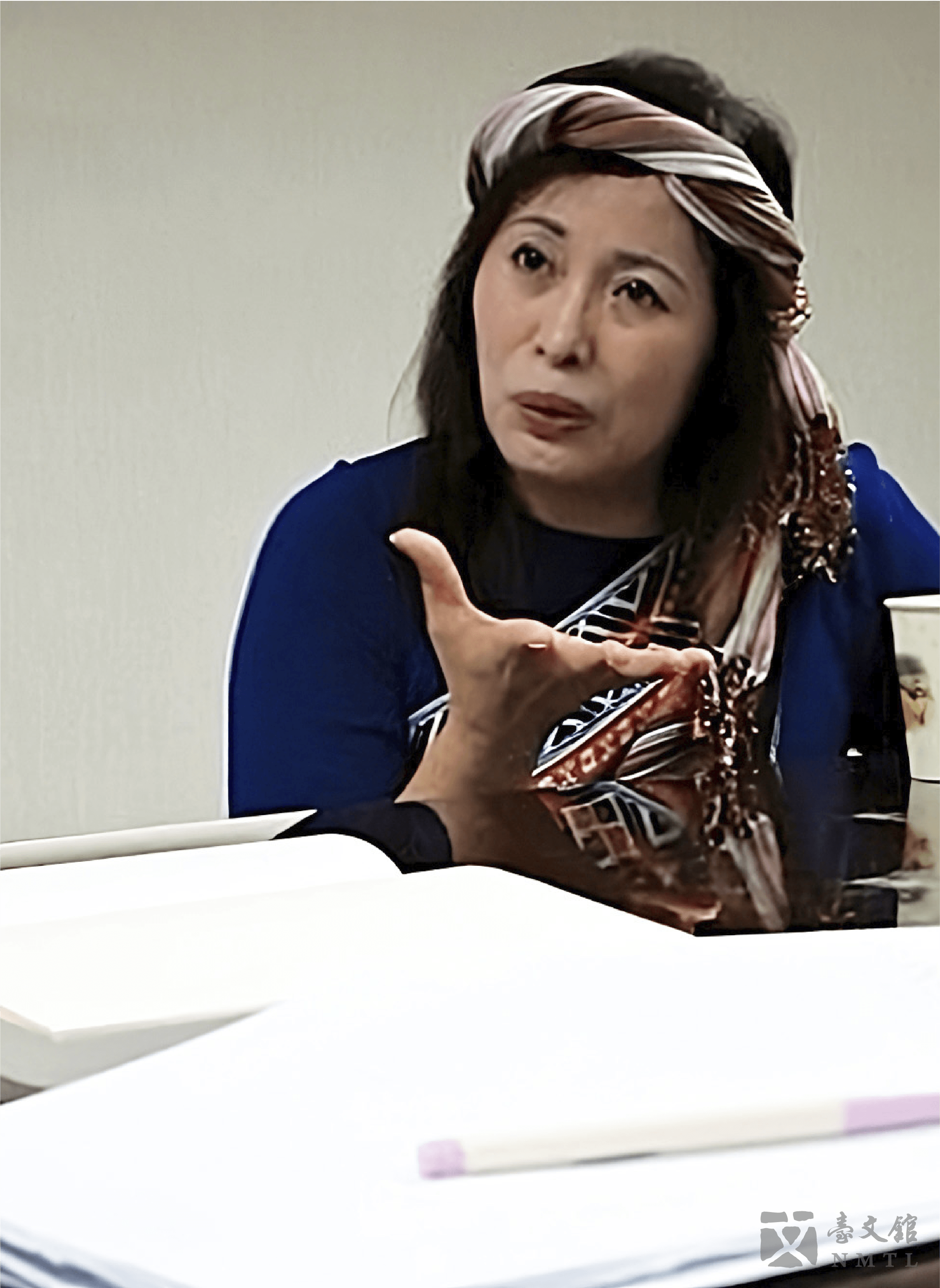
◈ Rimuy Aki
Writer’s personal portrait (Provided by Rimuy Aki)
დ Faisu Mukunana
Faisu Mukunana was born in 1942 in Lalauya Village, where the Tsou People resided. After she got married, she left her tribe and moved to the city to play the role as a competent housewife. When being 60 years old, she started to learn how to write, which allowed her to express her decades of yearning for returning to her hometown. She enjoys writing without restrictions. Her works include MY DEAR AK'I, PLEASE DON'T BE UPSET (2003, Women's Writings Publishing), FACES OF ANCESTORS IN FLAME (2018, Shan Hai Culture Press), The English Version of MY DEAR AK'I, PLEASE DON'T BE UPSET (2021).
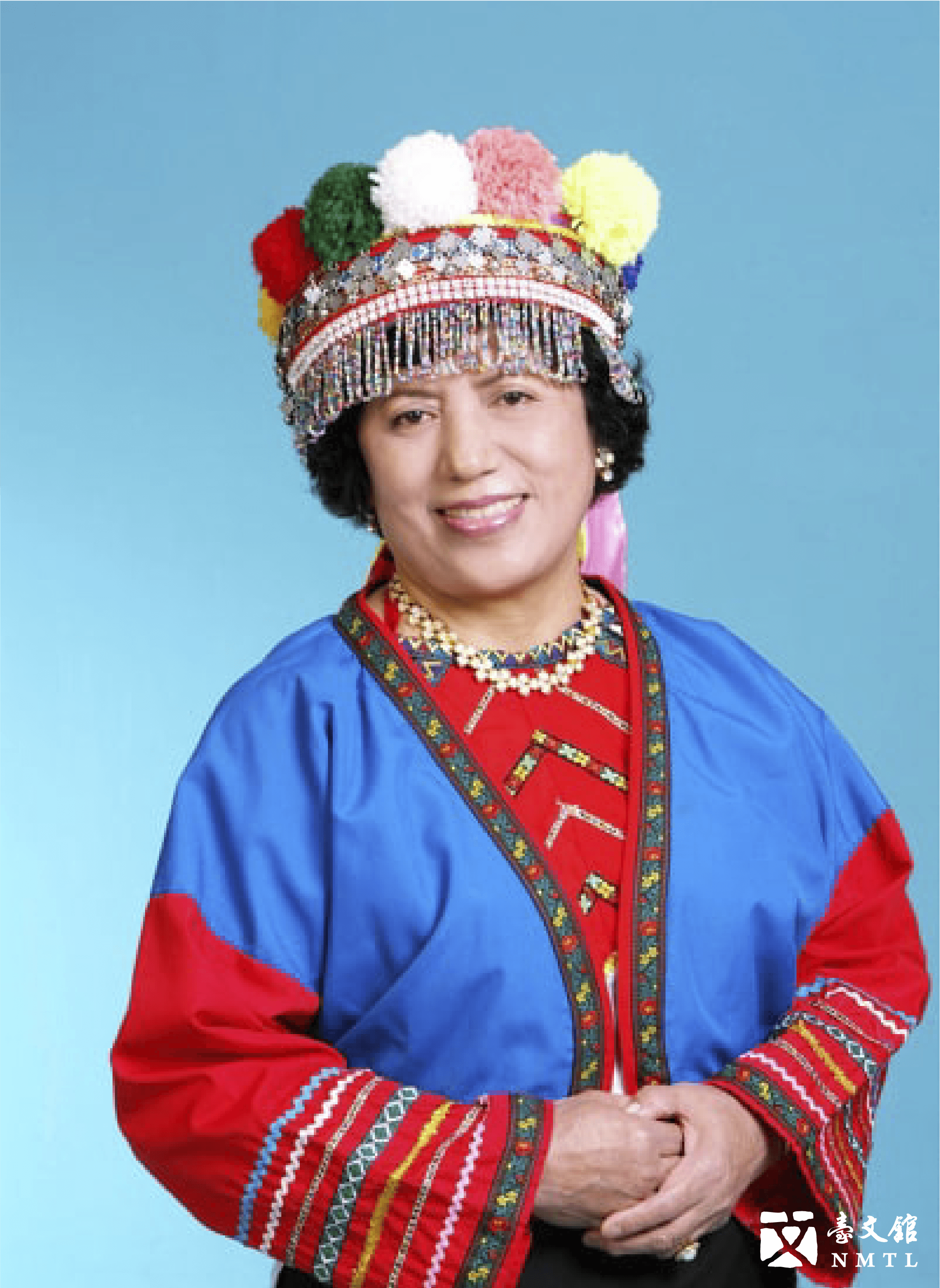
◈ Faisʉ Mʉkʉnana
Writer’s personal portrait (Provided by Faisʉ Mʉkʉnana)
დ Dadelavan Ibau
Dadelavan Ibau was born in 1967 in the Tuvasavasai tribe, Majia Township, Pingtung County. She has a deep firsthand understanding and perception of Paiwan culture and witchcraft. She once worked at U-Theatre Drum for many years. She is dedicated to teenage education in remote areas and continues to find inspiration for writing in her teaching job and life. Her works include GOODBYE, EAGLE.
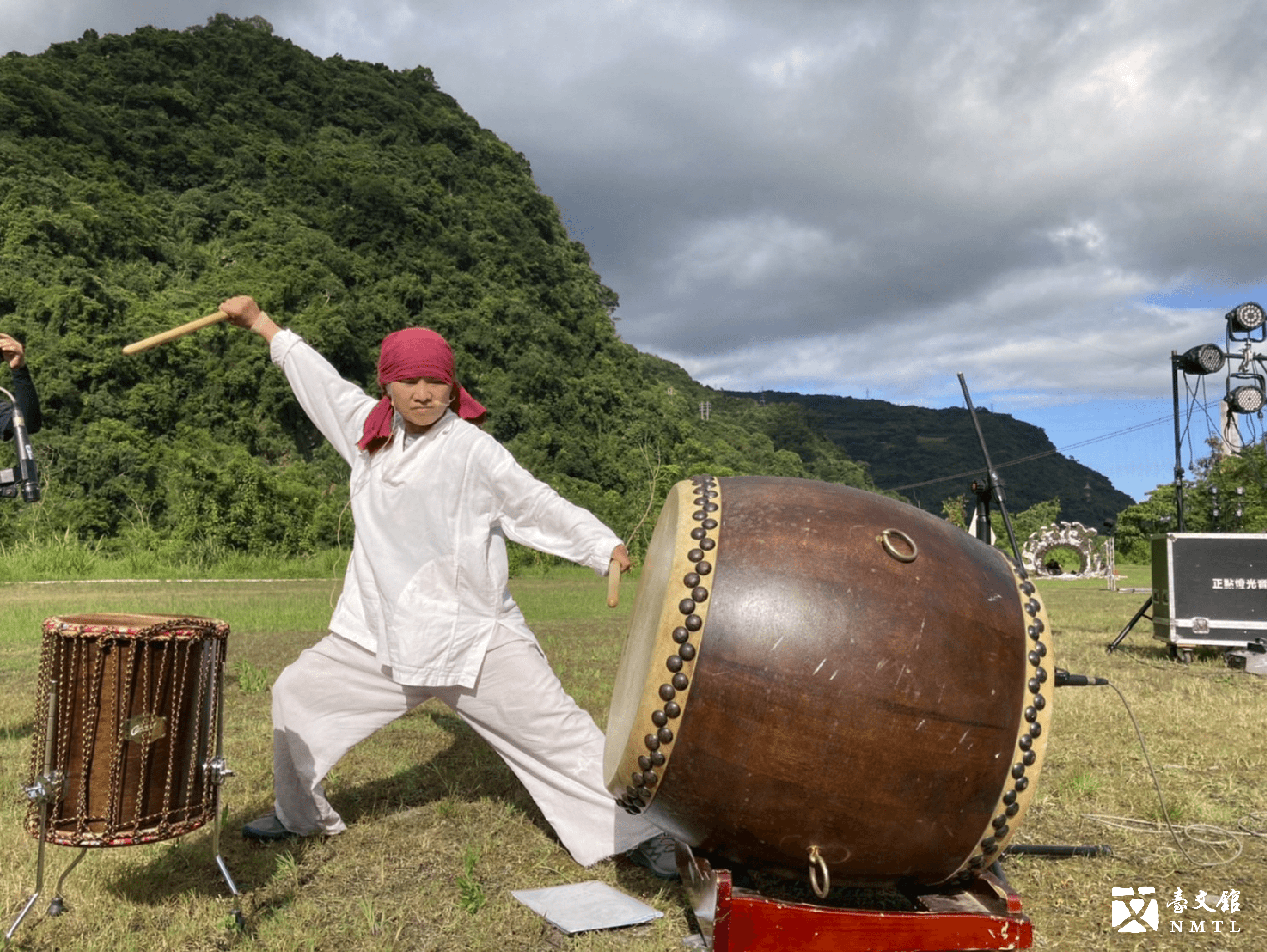
◈ Dadelavan Ibau
Writer’s personal portrait (Provided by Dadelavan Ibau)
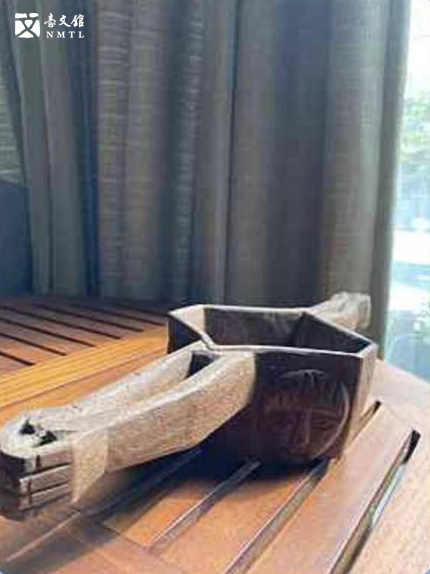
◈ Millet Wine Drinking Vessel with Carvings
The vessel comes from Laiyi Tribe, Paiwan Community. It is preserved by Dadelavan Ibau, who participated in Academia Sinica's research on wizard rituals in the earlier days.(Provided by Dadelavan Ibau)
◇◆◇◆◇◆◇◆ ◇◆◇◆◇◆◇◆
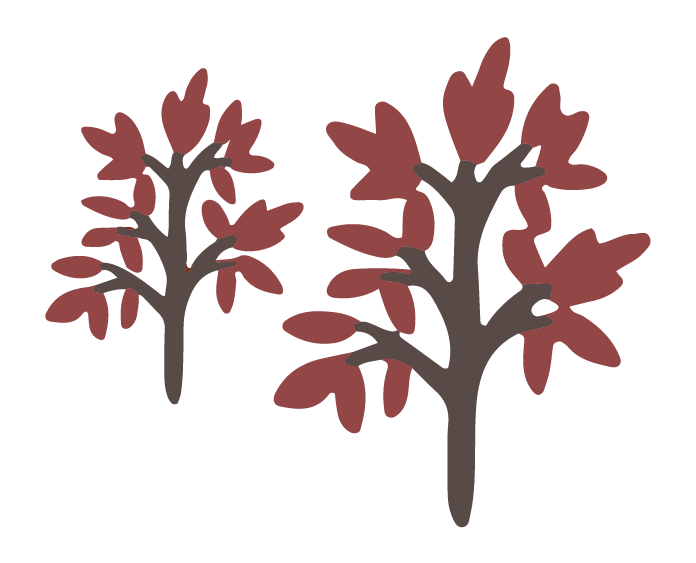
Gift from Taiwan to The World
After 2000, more indigenous writers chose to write in Chinese abundantly. They attempted to leave traces for later generations to communicate with their ancestral spirits using literary symbols. At the same time, they generously shared the wisdom of their ancestors and proactively translated it into different languages, hoping to leave a cultural gift to the future Taiwan and even the world.
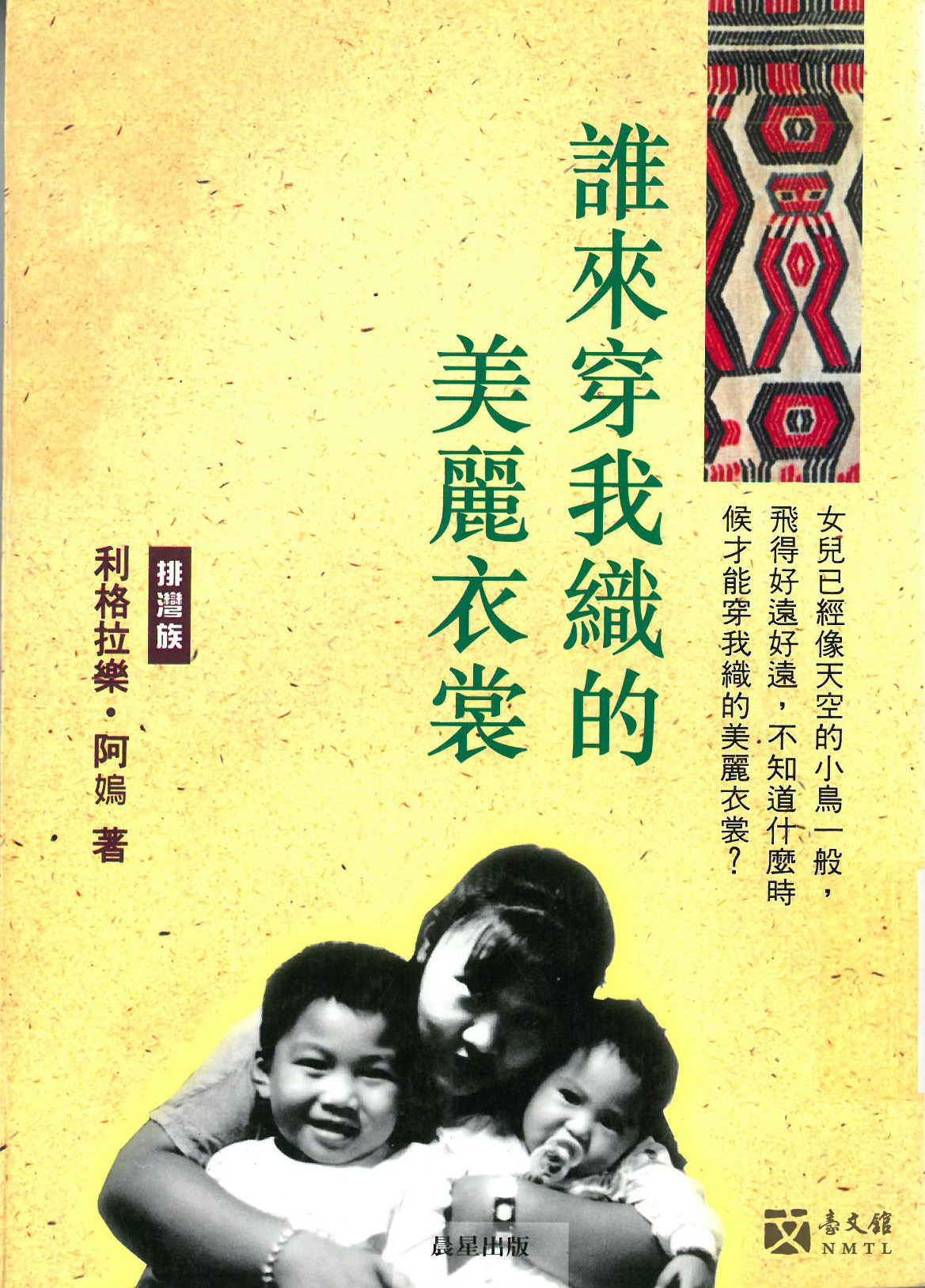
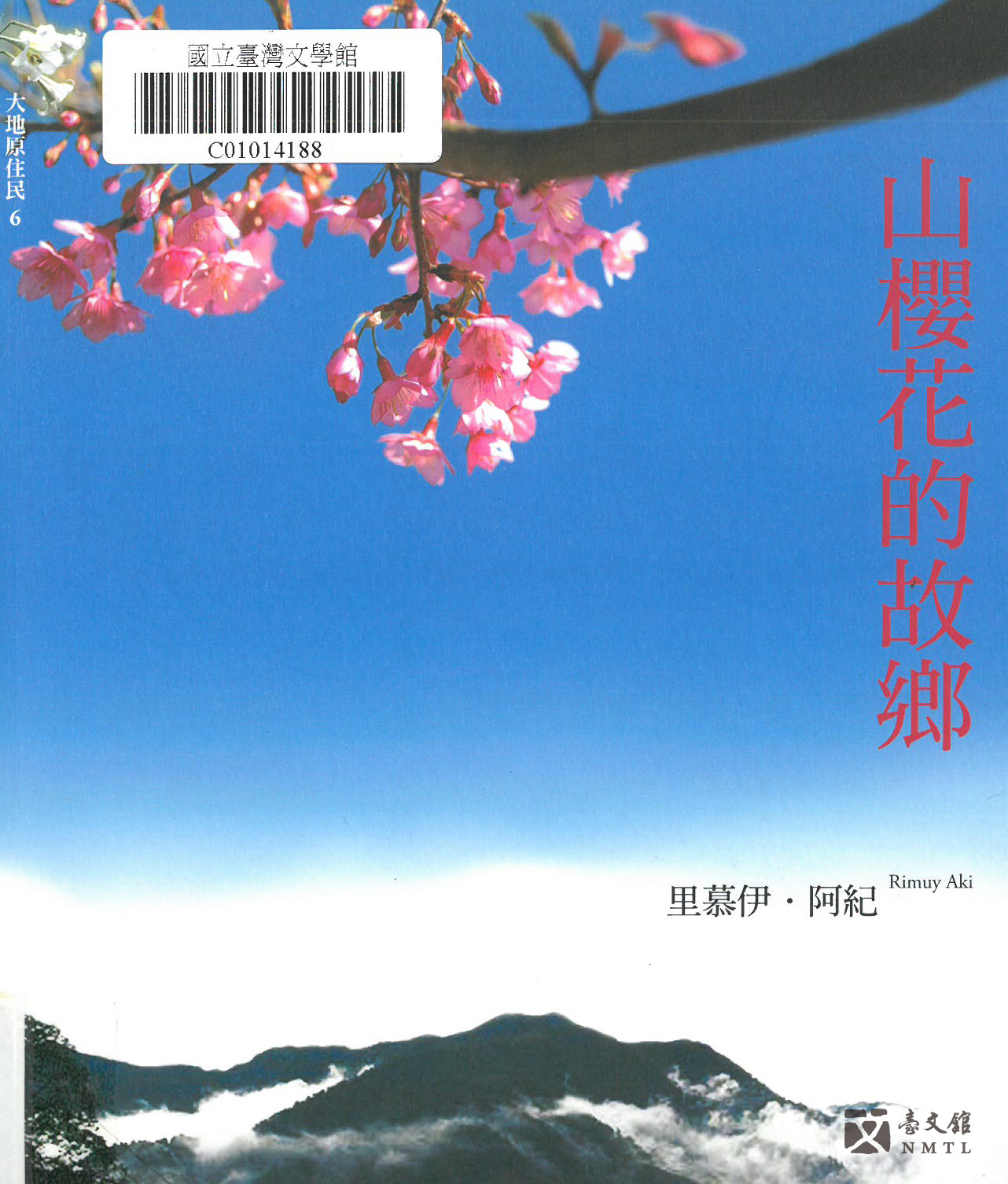
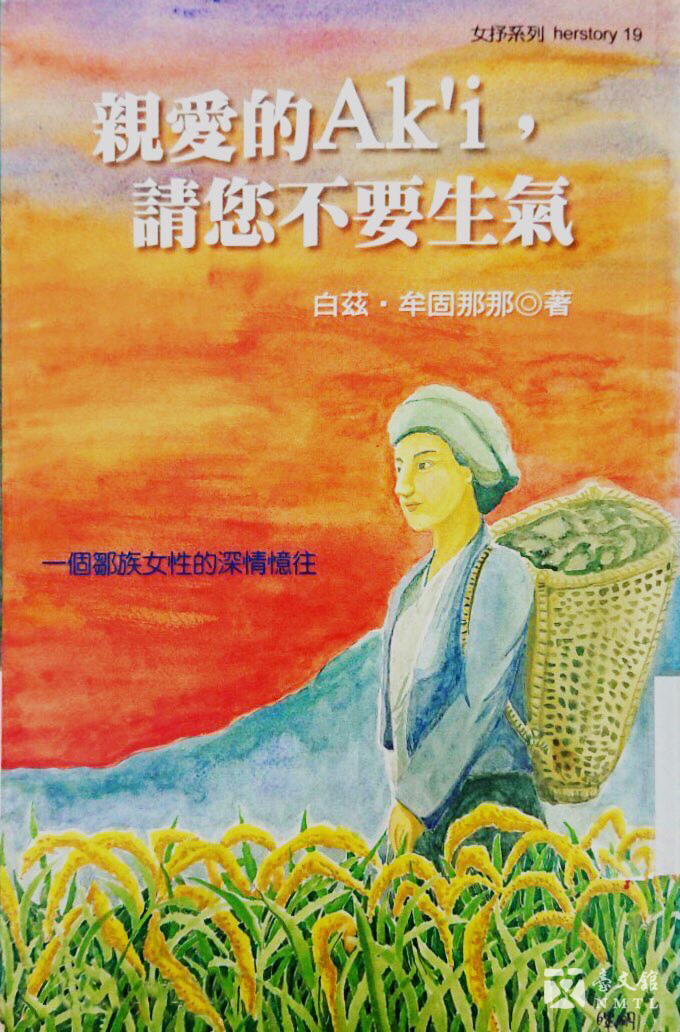
◈ Bibliography for Women's Literature
Life stories illustrated delicately by indigenous female writers, who attempt to see beyond the perspective of a indigenous hunter.(From the collection of the library at the National Museum of Taiwan Literature)
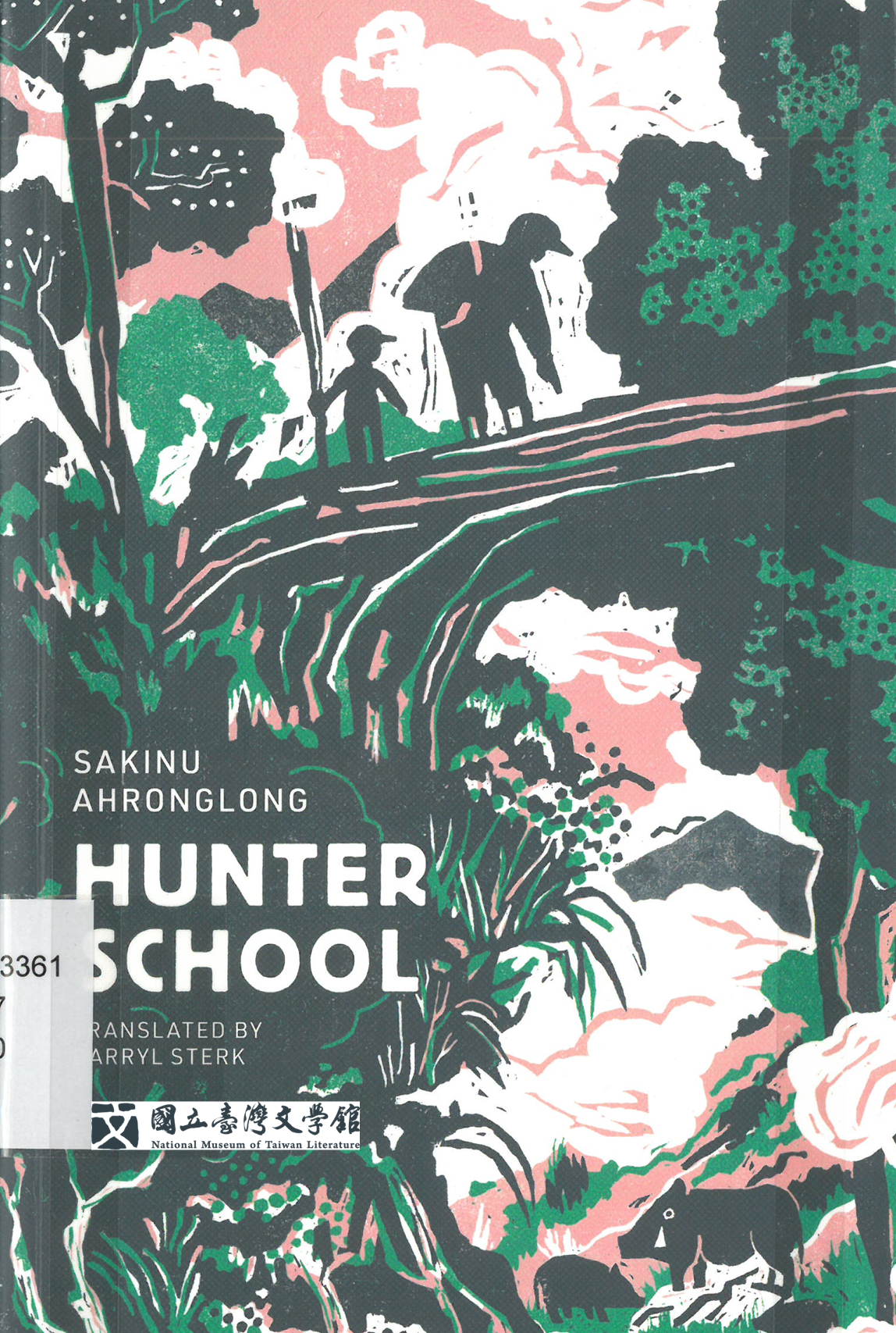
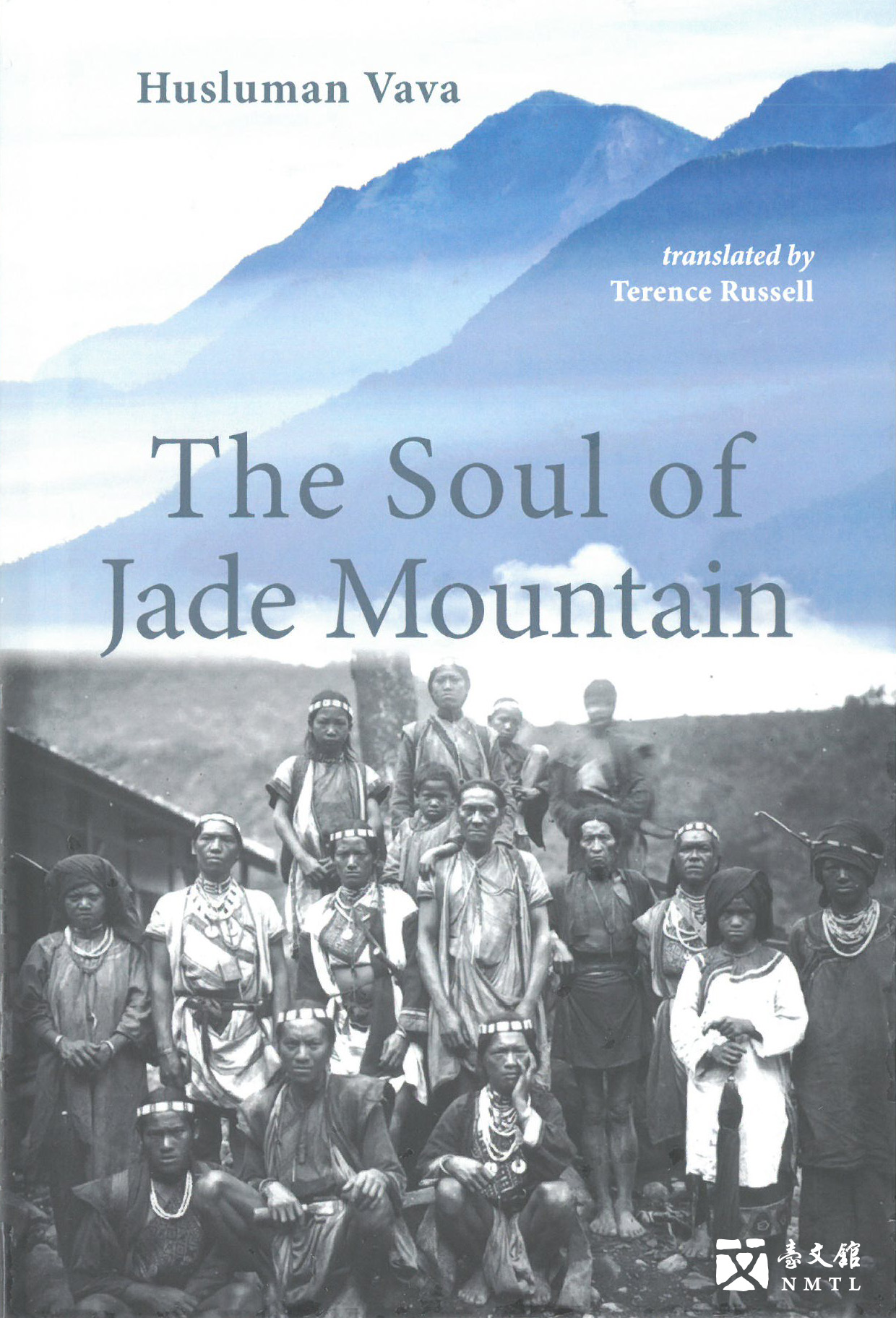
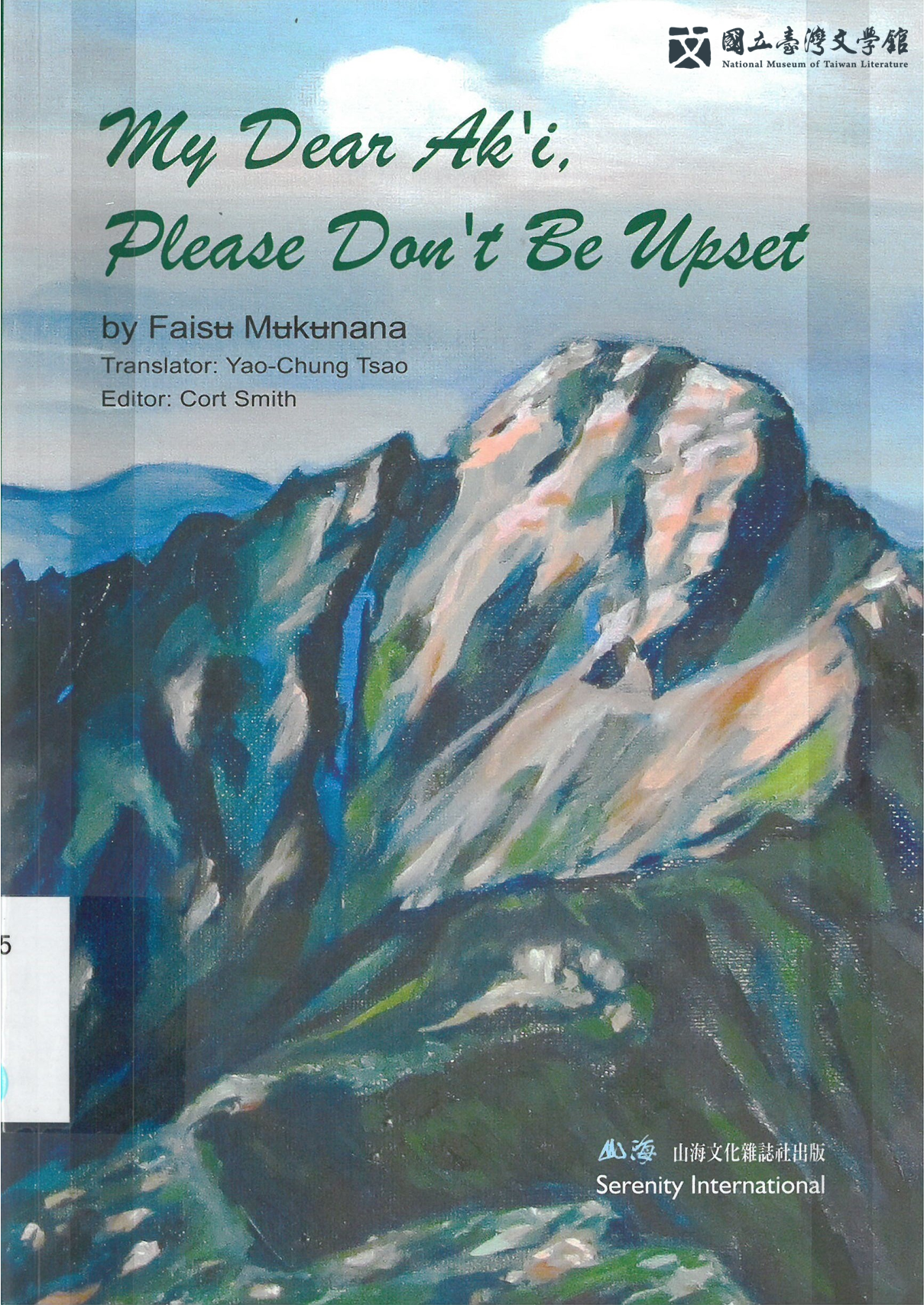
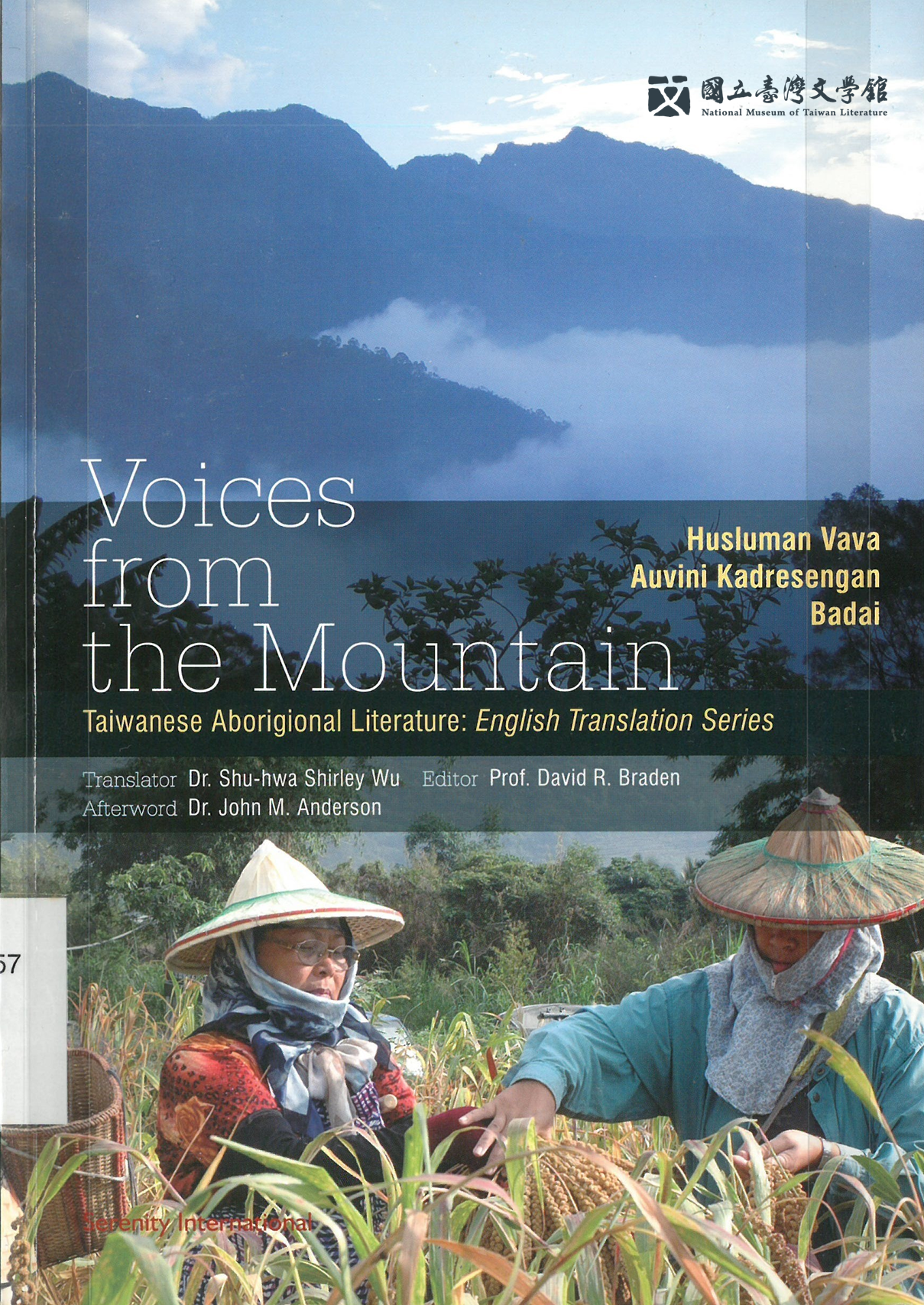
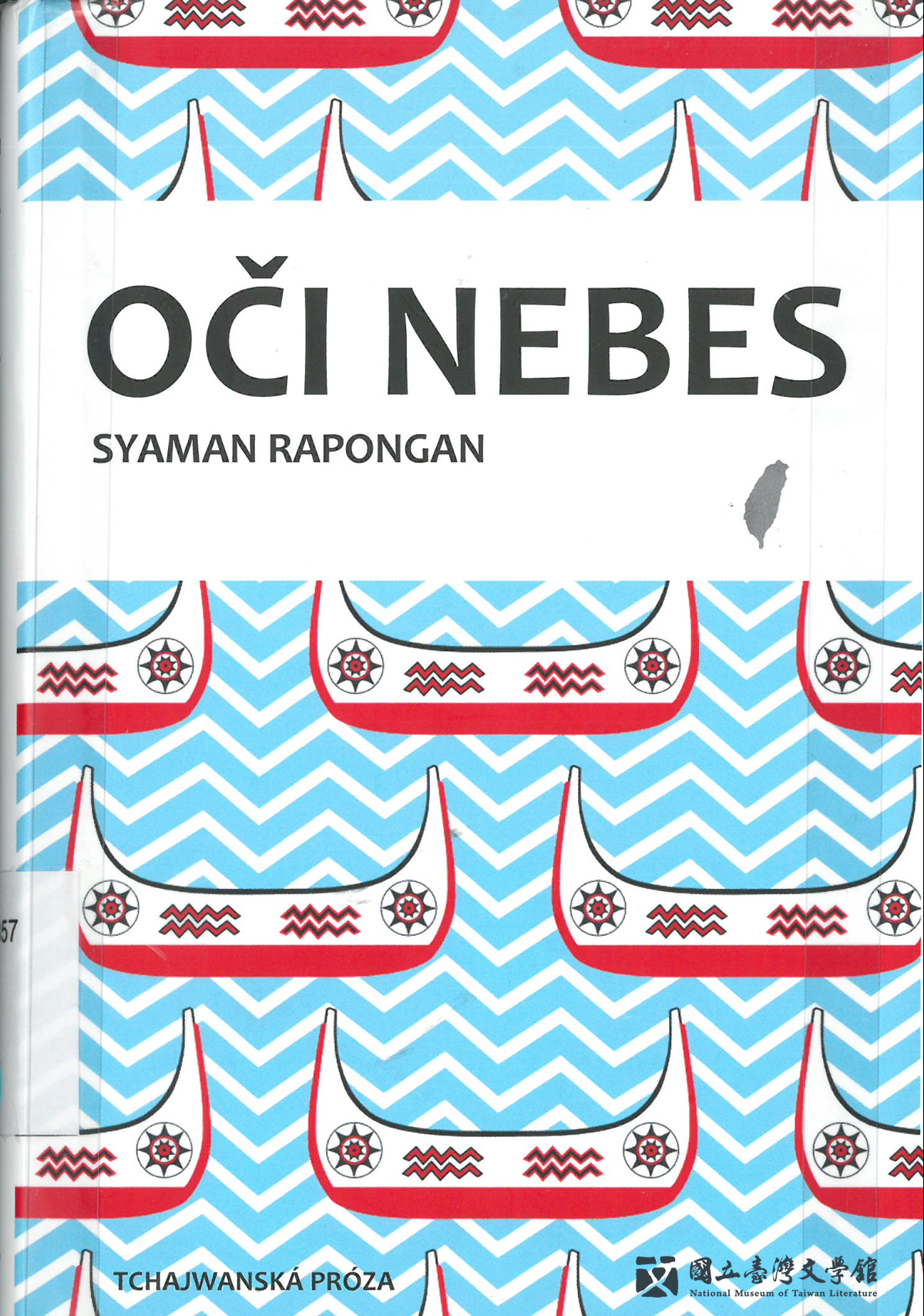
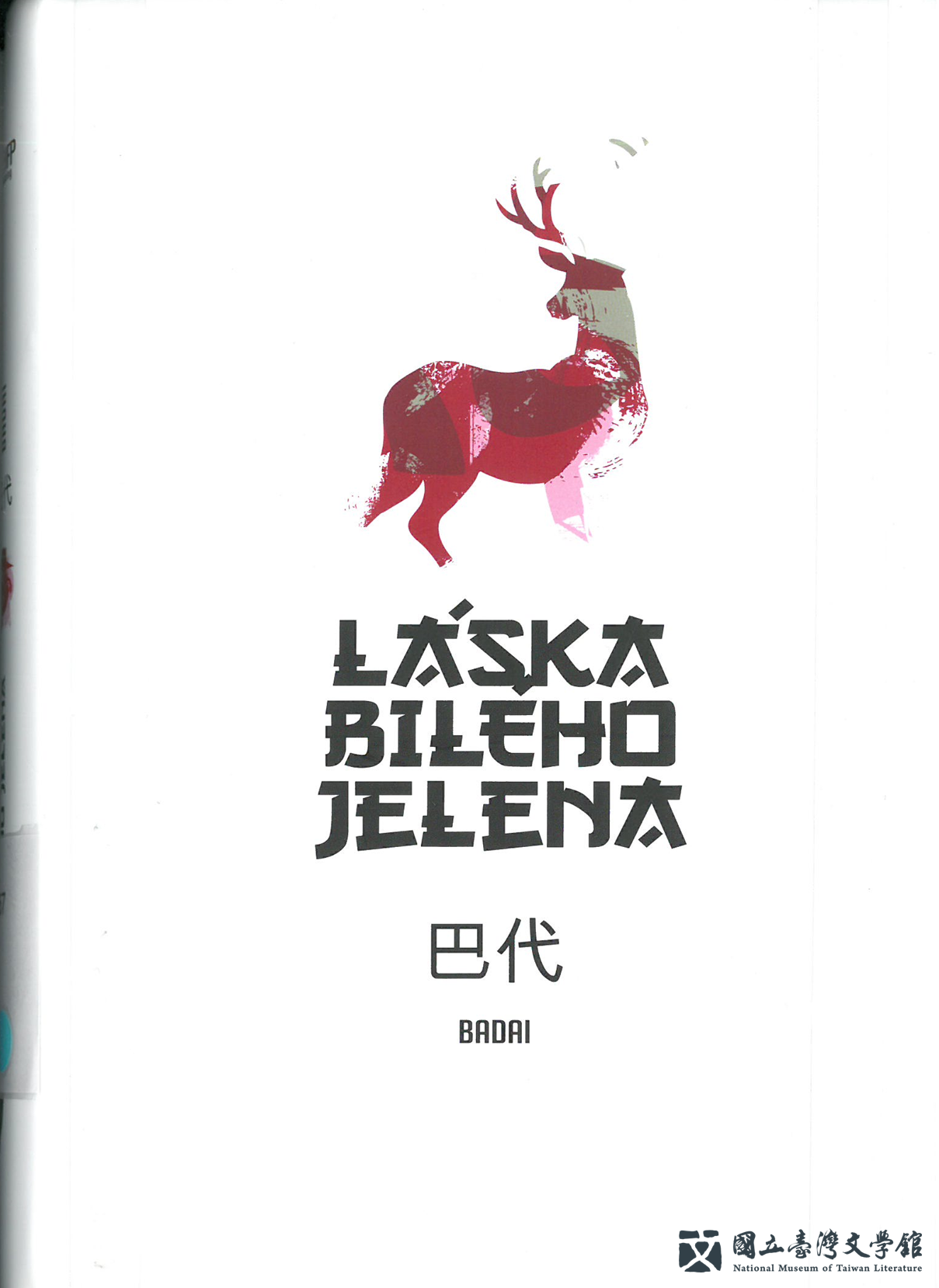
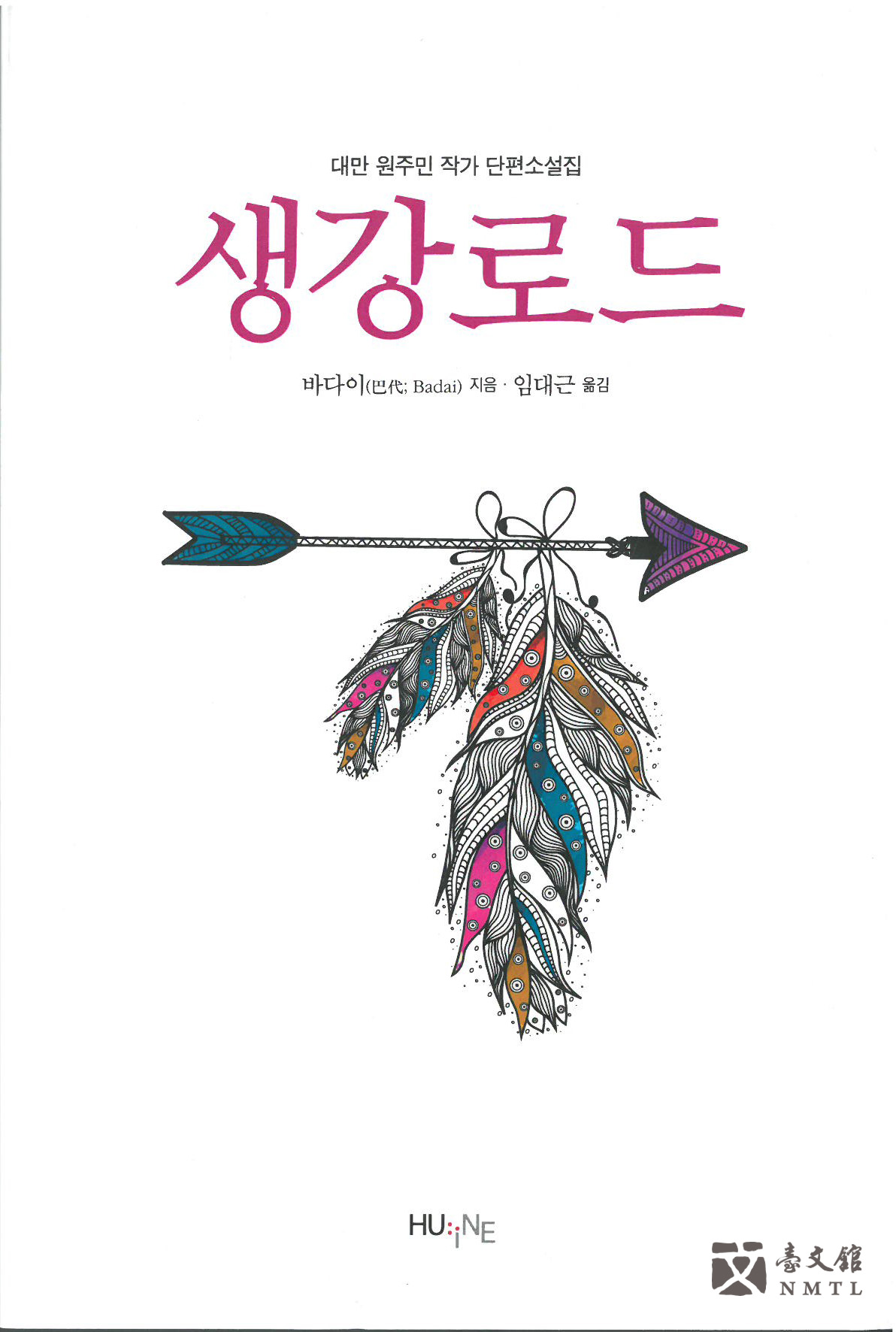
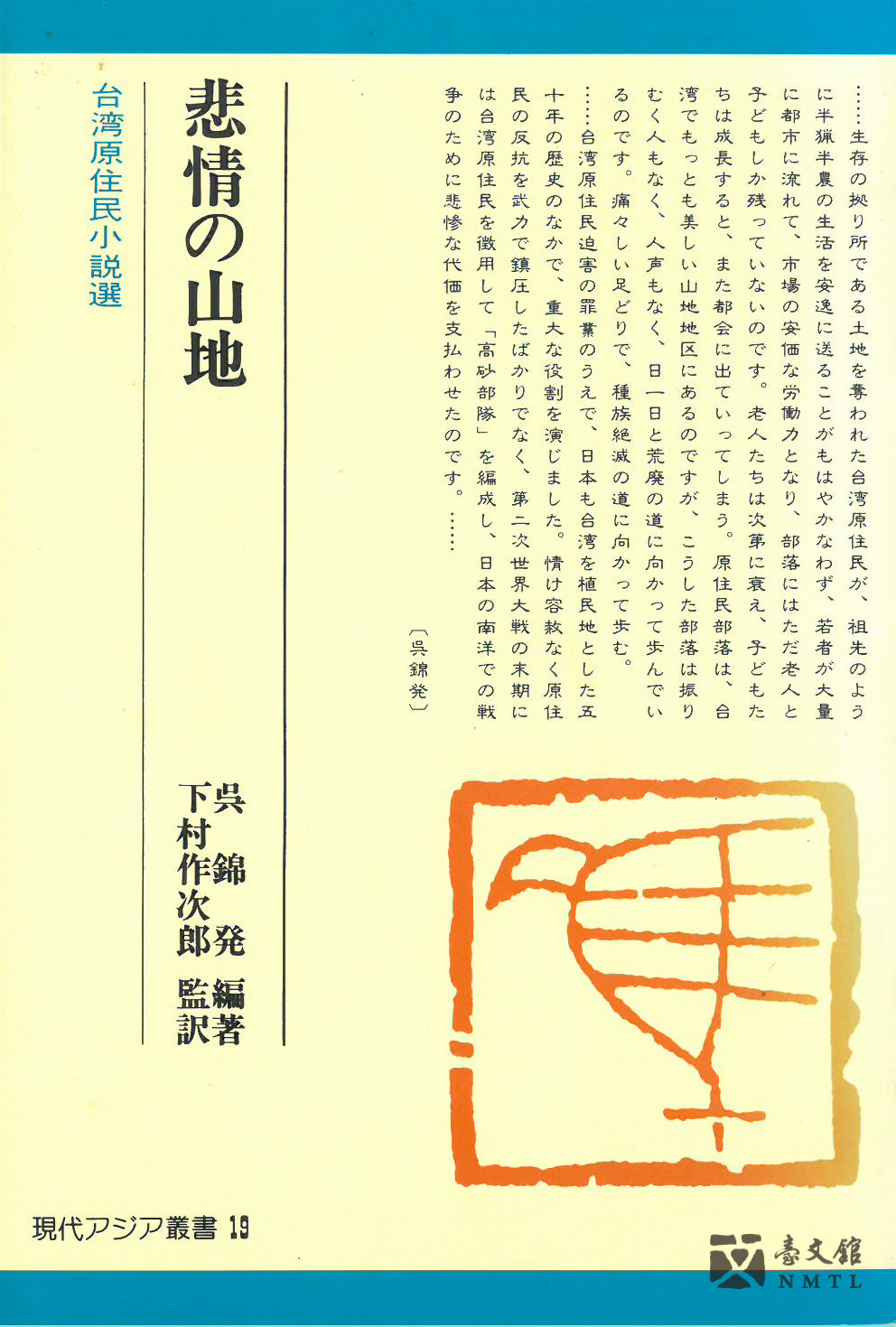
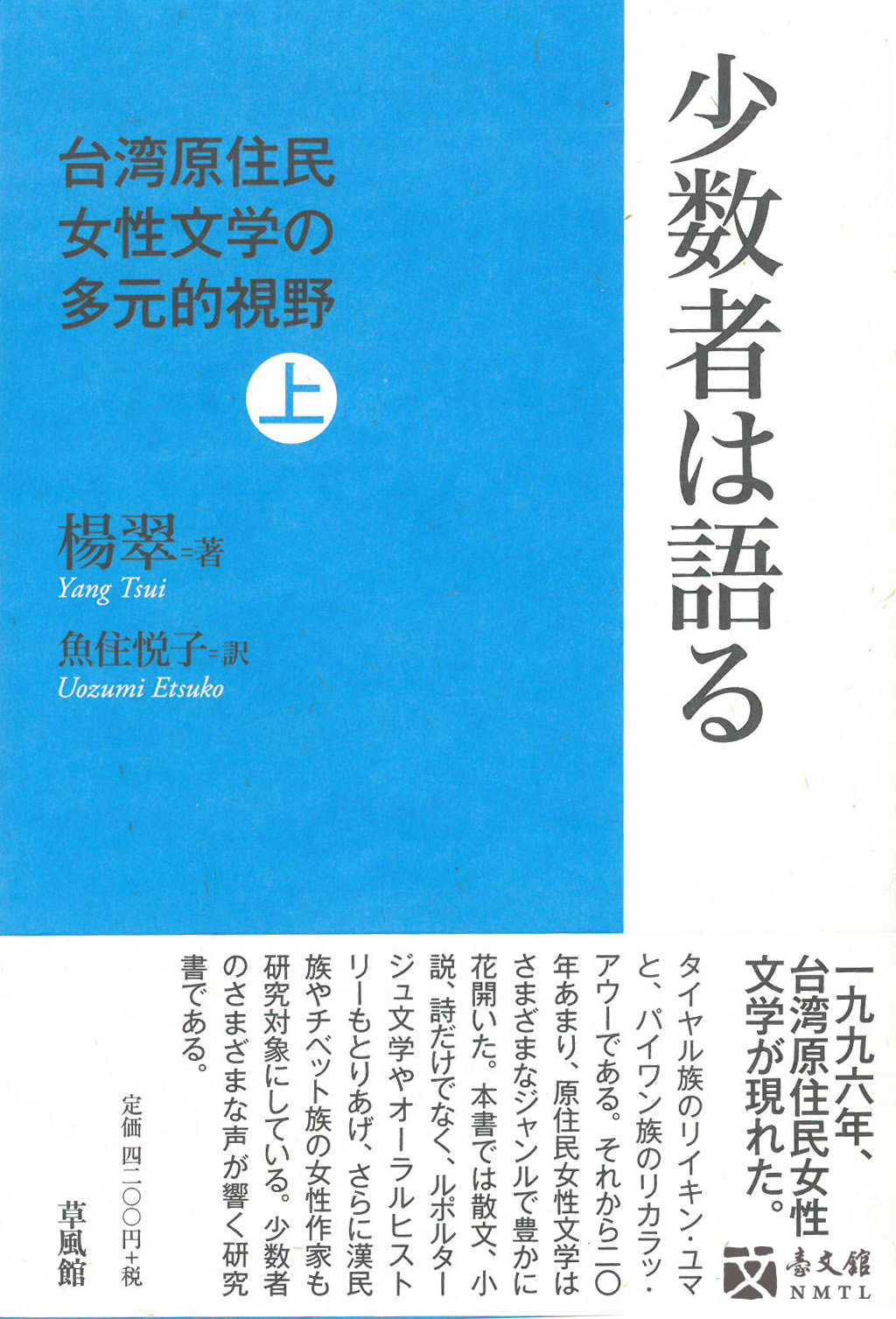
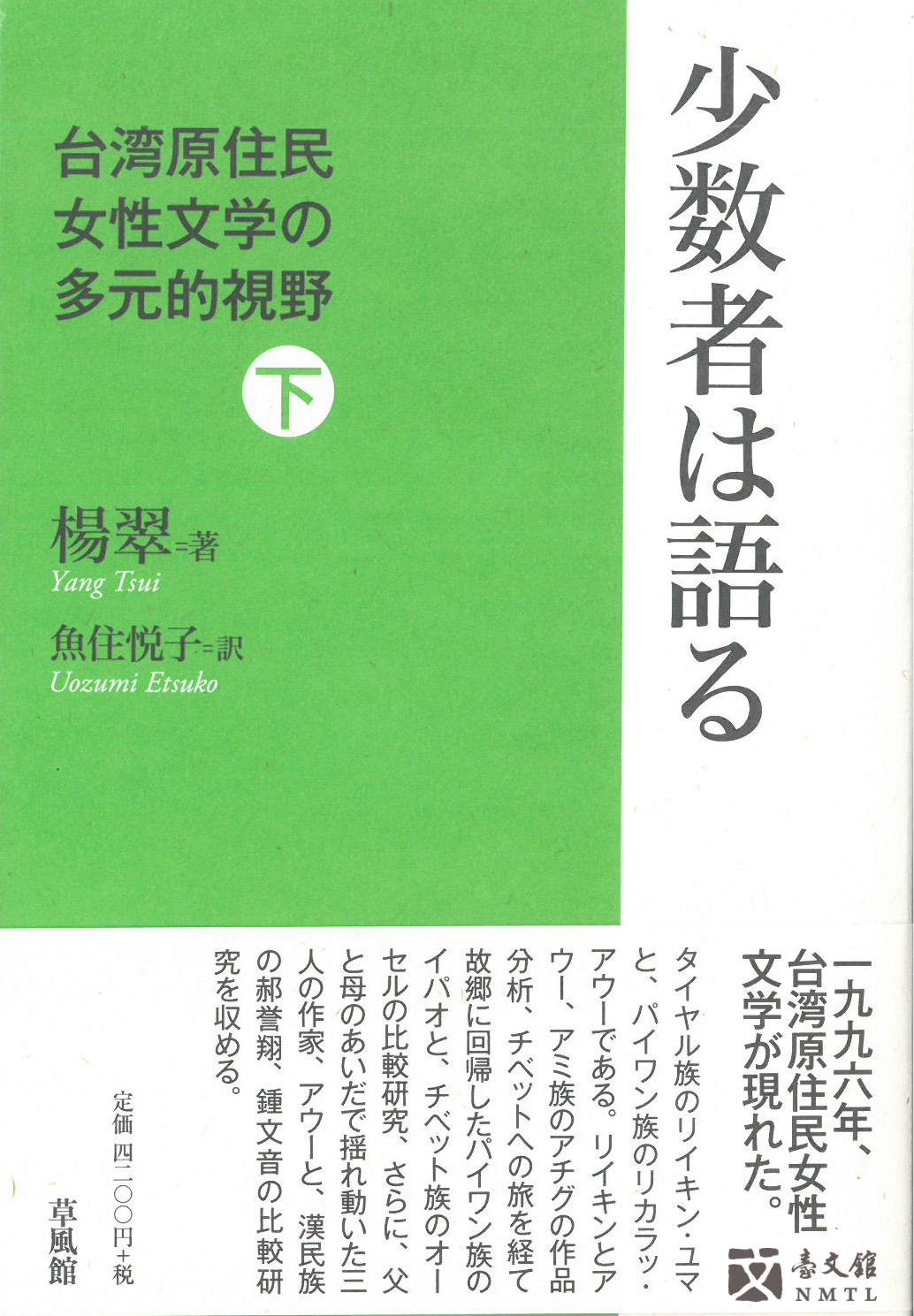
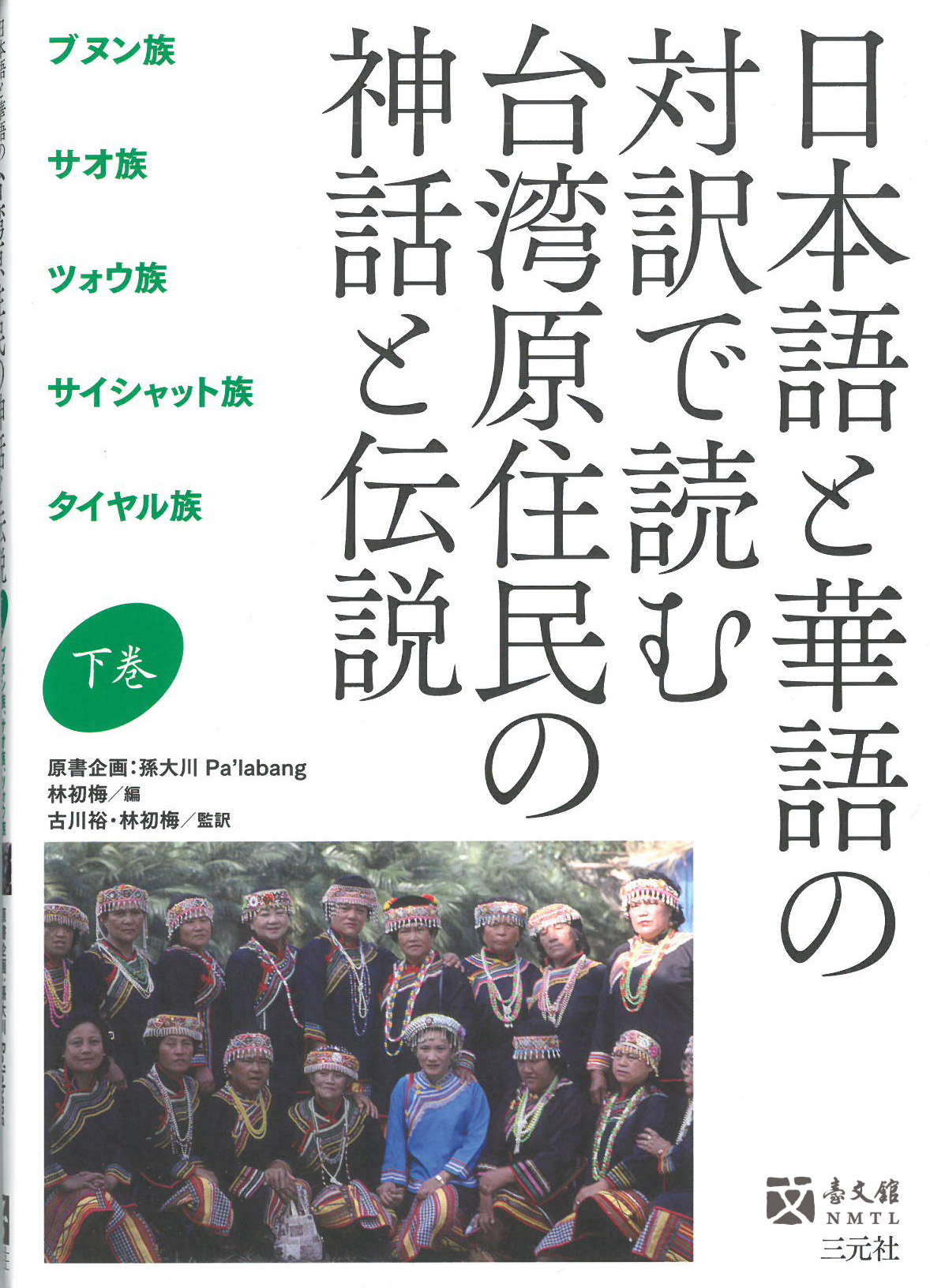
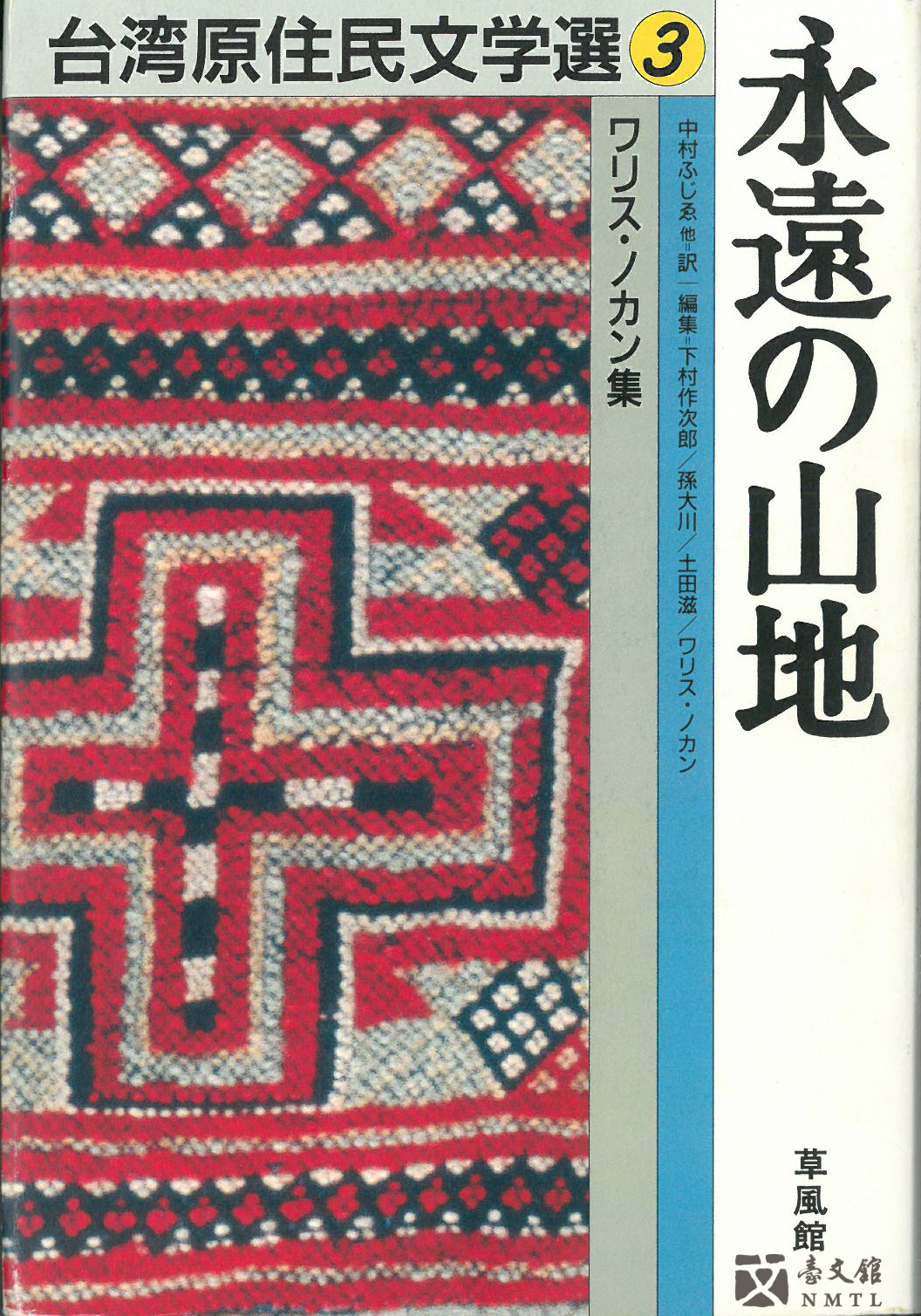
◈ Translated Indigenous Works
There are plentiful translated indigenous works. From literary books to discourse analysis essays, there are translations in multiple languages.(From the collection of the library at the National Museum of Taiwan Literature)
